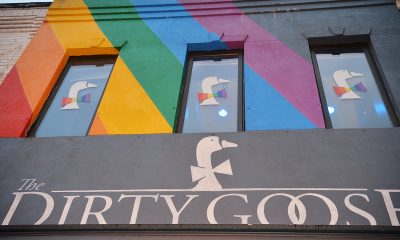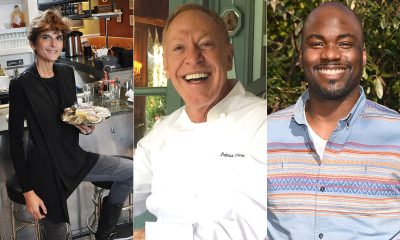Arts & Entertainment
Up the ladder to the roof
New Masa 14 space shows off chef’s bold creations
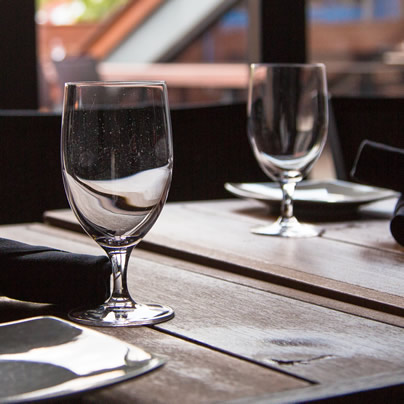
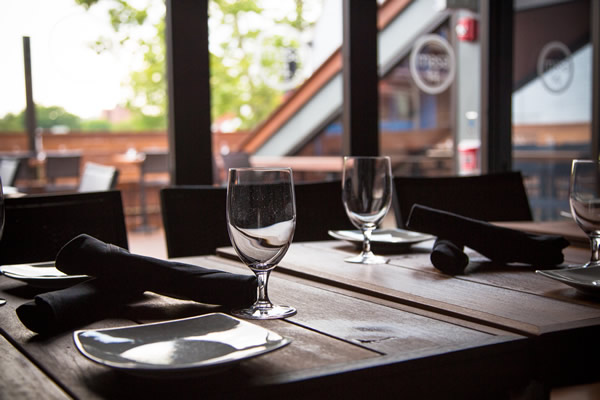
Chef Adam Goldman’s new fall menu makes for great patio dining on the Masa rooftop. (Photo courtesy Masa 14)
Change abounds at Masa 14 (1825 14th Street NW) where a new-ish (it opened in May) patio features an updated menu and a new executive chef is on board.
At a rooftop reception on Sept. 17, restaurant partners Richard Sandoval, Kaz Okochi and Ivan Iricanin introduced Adam Goldman who’s at the helm of this popular Latin-Asian-inspired restaurant that’s been a 14th Street mainstay since it opened in the fall of 2009.
Goldman graduated from Johnson and Wales University in Norfolk, Va., in 2003, but Goldman has always been interested in the culinary arts.
“I grew up cooking with my mom and grandma,” says Goldman, “but I started really cooking about 13 years ago at Boy Scout camp when the cook at camp refused to make meals for vegetarian campers.”
After graduating Goldman started working in Rockville, Md., where he served in numerous positions at Addie’s Restaurant. Goldman says he has experience with all types of cuisine since starting his career, “from barbecue to fine Italian.” He joined the Masa 14 team two years ago and served as sous chef under former executive chef Antonio Burrell.
Goldman believes that the new rooftop at Masa 14 will bring a different clientele and a different flair to the restaurant. It offers a different type of menu as well — it’s designed so patrons enjoy bites that can be eaten with one hand while enjoying a beverage with the other.
The new rooftop is impeccably done and on a warm autumn evening a couple dozen people, including a guest and myself, kept the patio buzzing with activity. We were served tasting portions of five of the six new dishes that were recently added to the downstairs dinner menu prepared by Goldman. We were also handed two delicious new fall-inspired drinks. The Masa Smoked Cider made with Mezcal, cinnamon-infused whiskey and mulled cider and the Autumn on 14th, which is bourbon, balsamic syrup (yes like balsamic vinaigrette in a drink) brown sugar and ginger beer. Just to make sure that I liked them both, I consumed two of each over the course of the evening. These drinks were rich and warm, perfect for the fall and they paired very well with the spicy flavors of the bites that were served.
Goldman says he loves the Thai flavor profile, “sweet, spicy and salty hitting all the right taste buds, without one being overwhelming.” Goldman wants to keep with the Latin Asian theme of Masa 14, but also introduce different styles of cuisine with this theme. The new flavors can be tasted in the new items we dined on. The cream of corn soup with sweet corn tomato relish, scallion lump crab and cayenne chili oil is a tasty example of the Thai flavor profile, this was also my favorite dish at the reception.
Other great new dishes include the roasted beet salad with curried goat cheese, the wok stir fried mussels with aji Amarillo cream sauce and crumbled chorizo, and cornmeal-crusted oysters with green papaya slaw and pickled Fresno chilies. Finally, there was the perfectly balanced salmon tartar with roasted red pepper, green mango chimichurri and togarashi-toasted wonton crisps. Both my guest and I had a couple servings of the salmon.
Goldman’s favorite new item on the menu however, is none of the items we tried at the reception — the brussels sprouts. He came up with the recipe just a couple days before the new menu was premiered.
“If you want to try them you will have to come back,” says Goldman. There seem to be plenty of reasons to go back to Masa 14. They have new drinks, new food, a new patio, and of course a new executive chef. Goldman brings his unexpected and spicy flavors to this Latin-Asian fusion restaurant that brings fine dining in a laid back atmosphere to 14th Street.
Photos
PHOTOS: Montgomery County Pride in the Plaza
LGBTQ celebration held in downtown Silver Spring
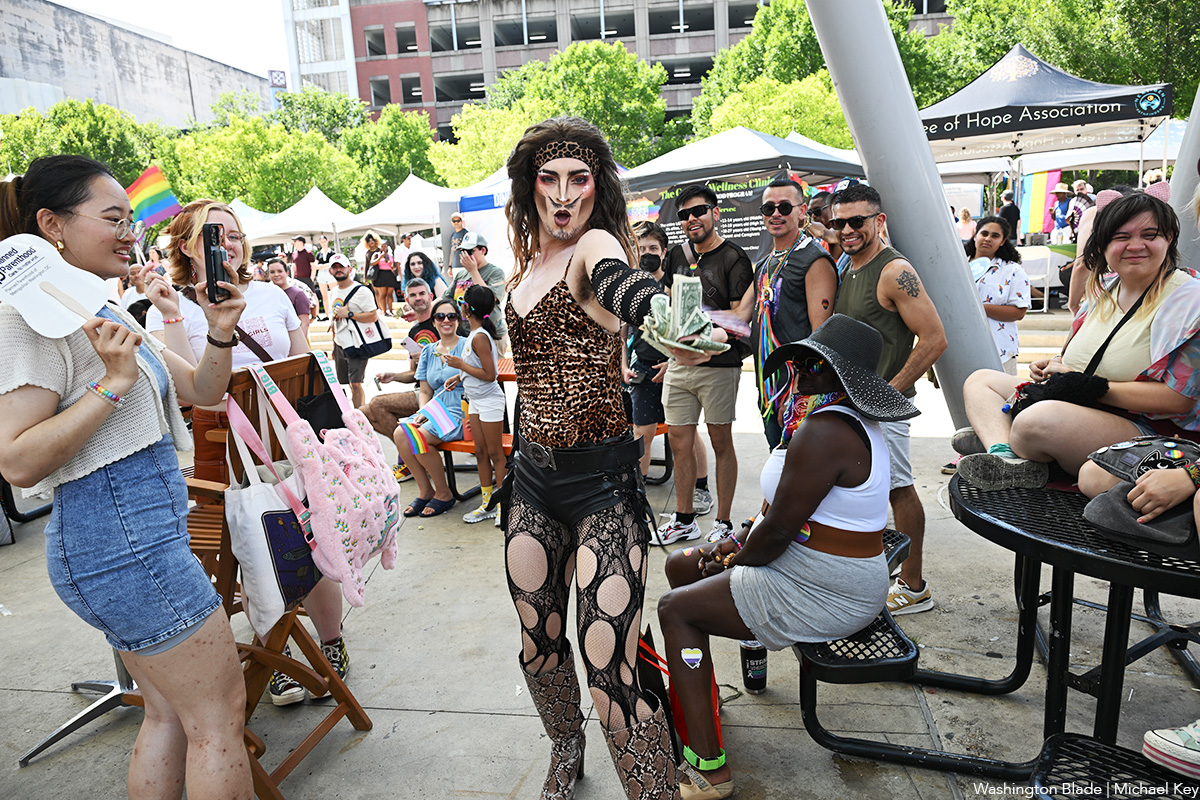
Montgomery County Pride in the Plaza was held on Sunday, June 29 at Veterans Plaza in Silver Spring, Md.
(Washington Blade photos by Michael Key)
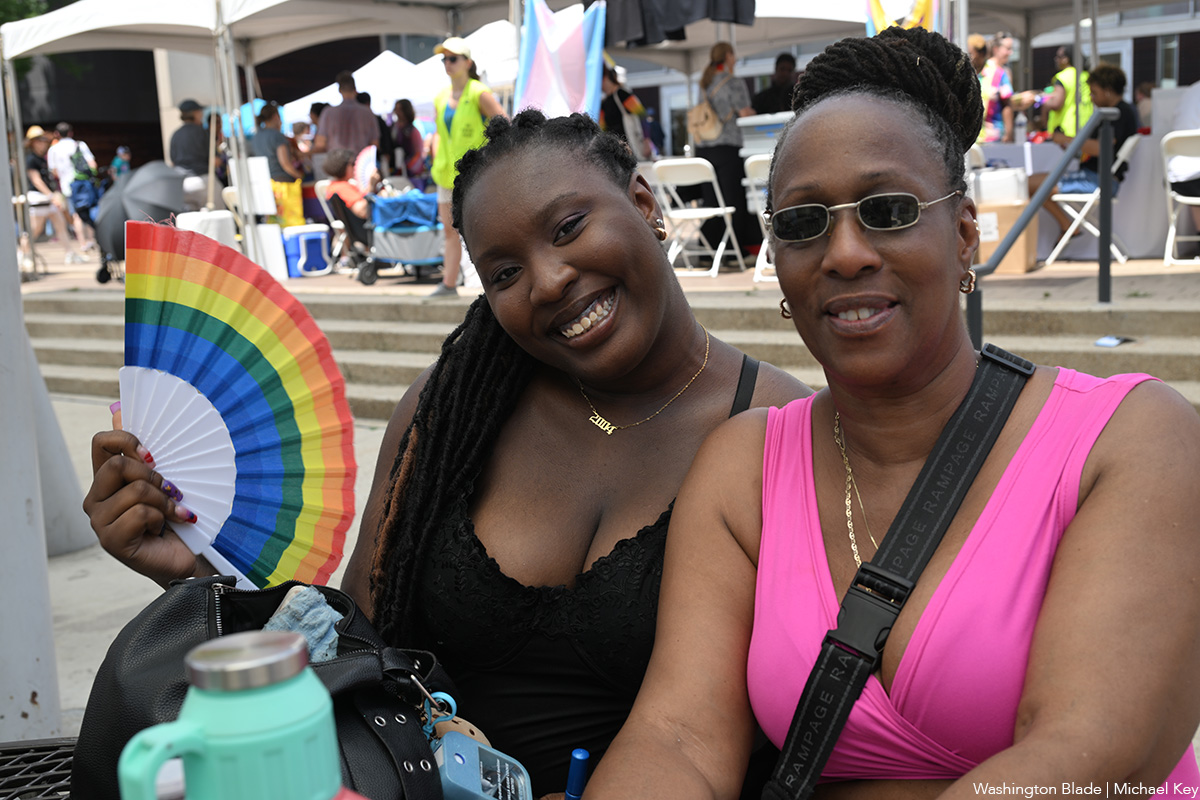
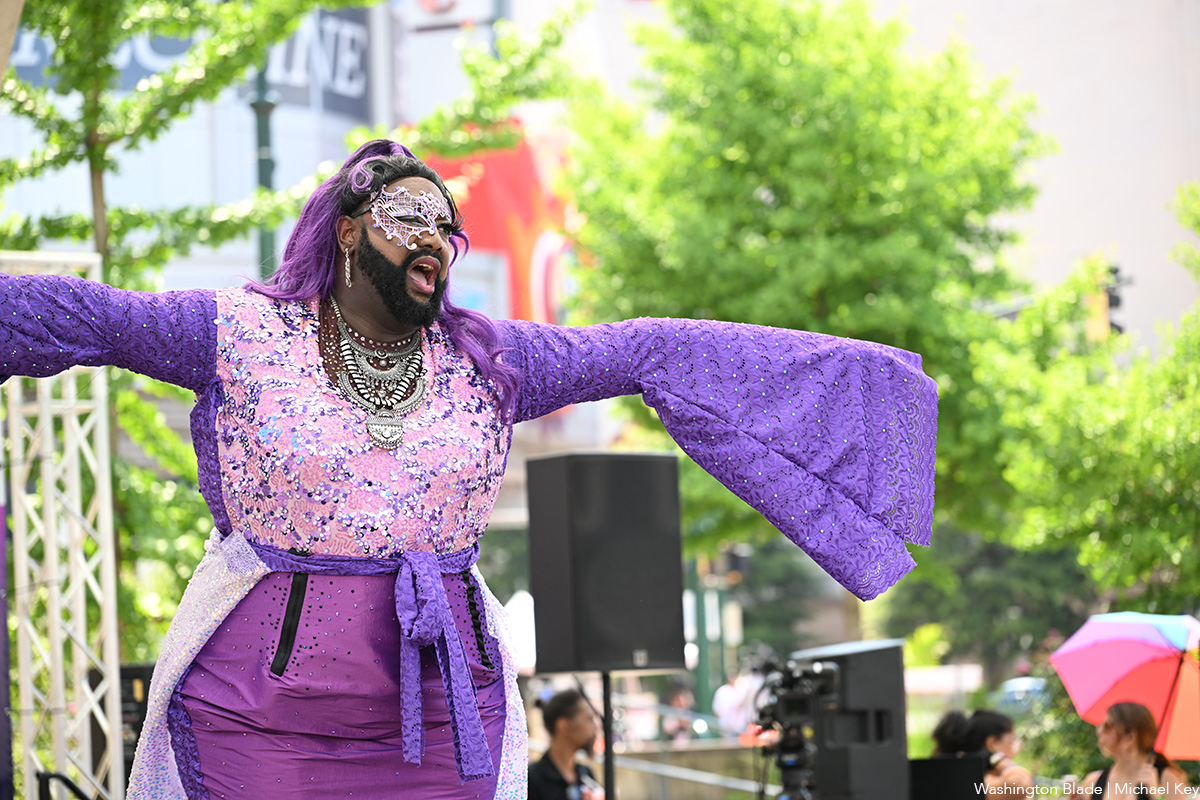
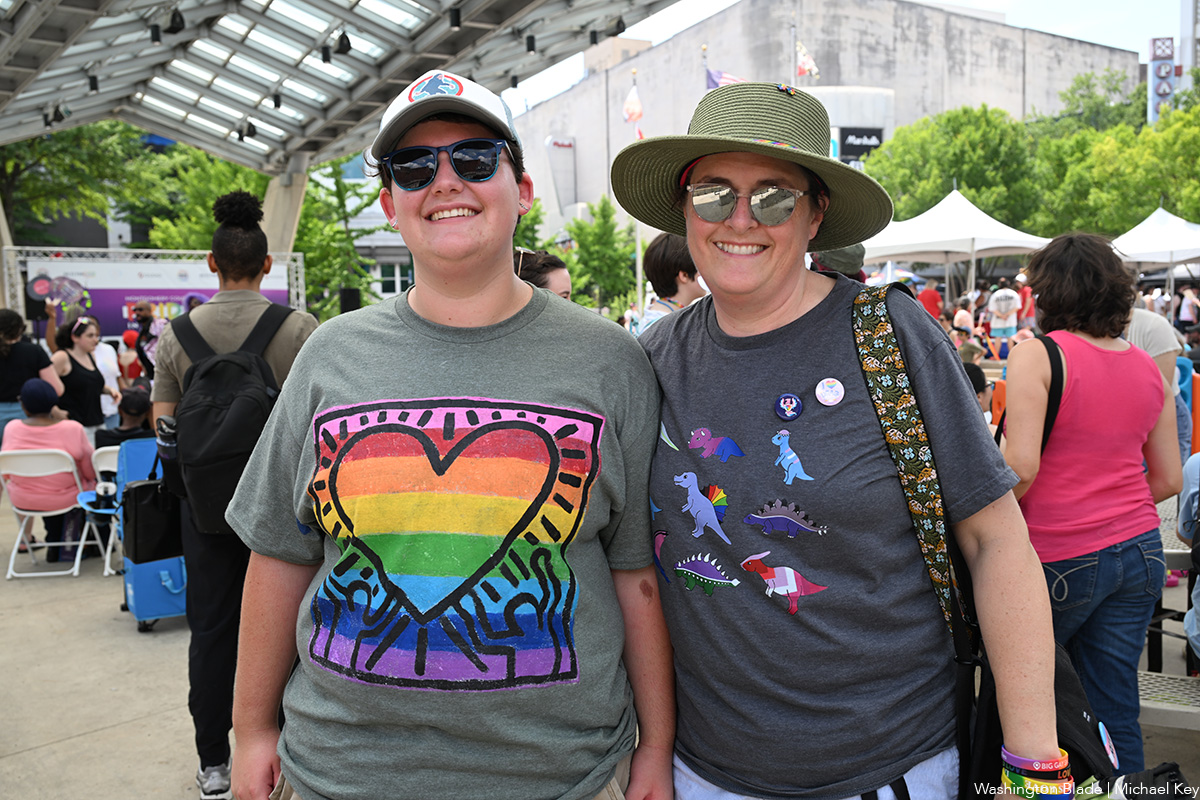
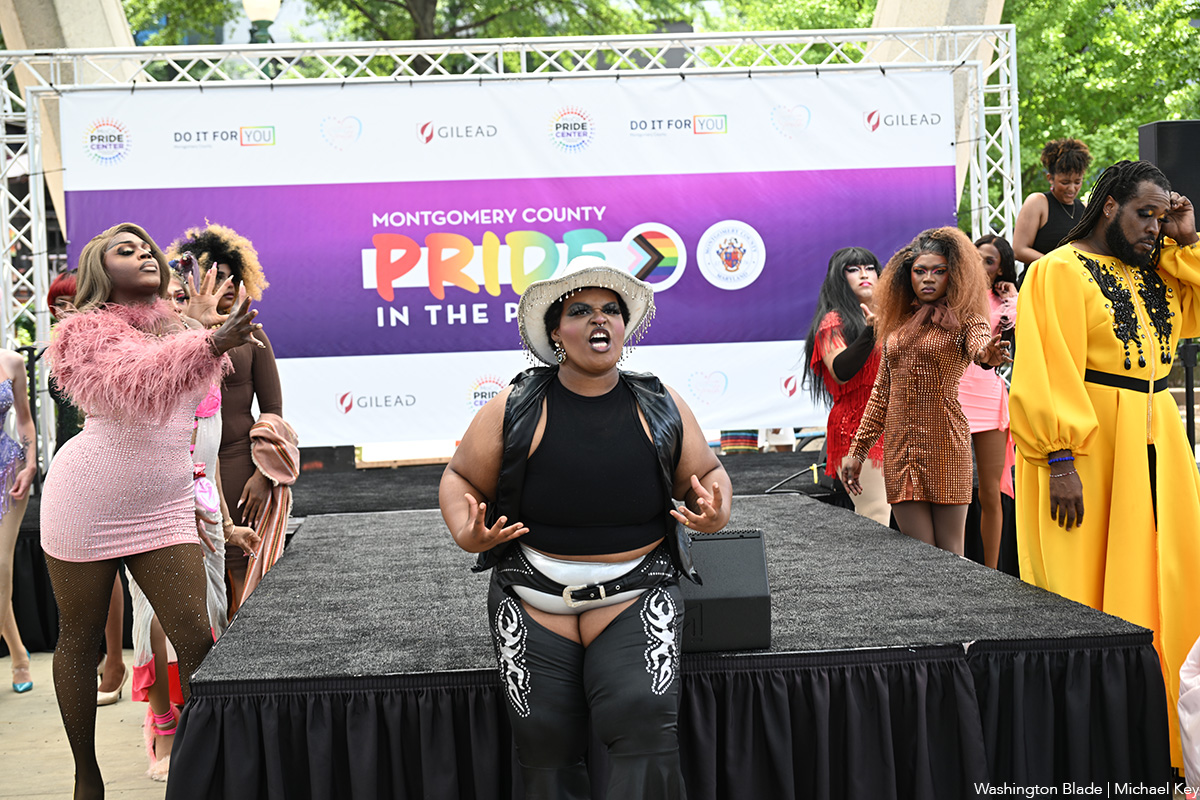
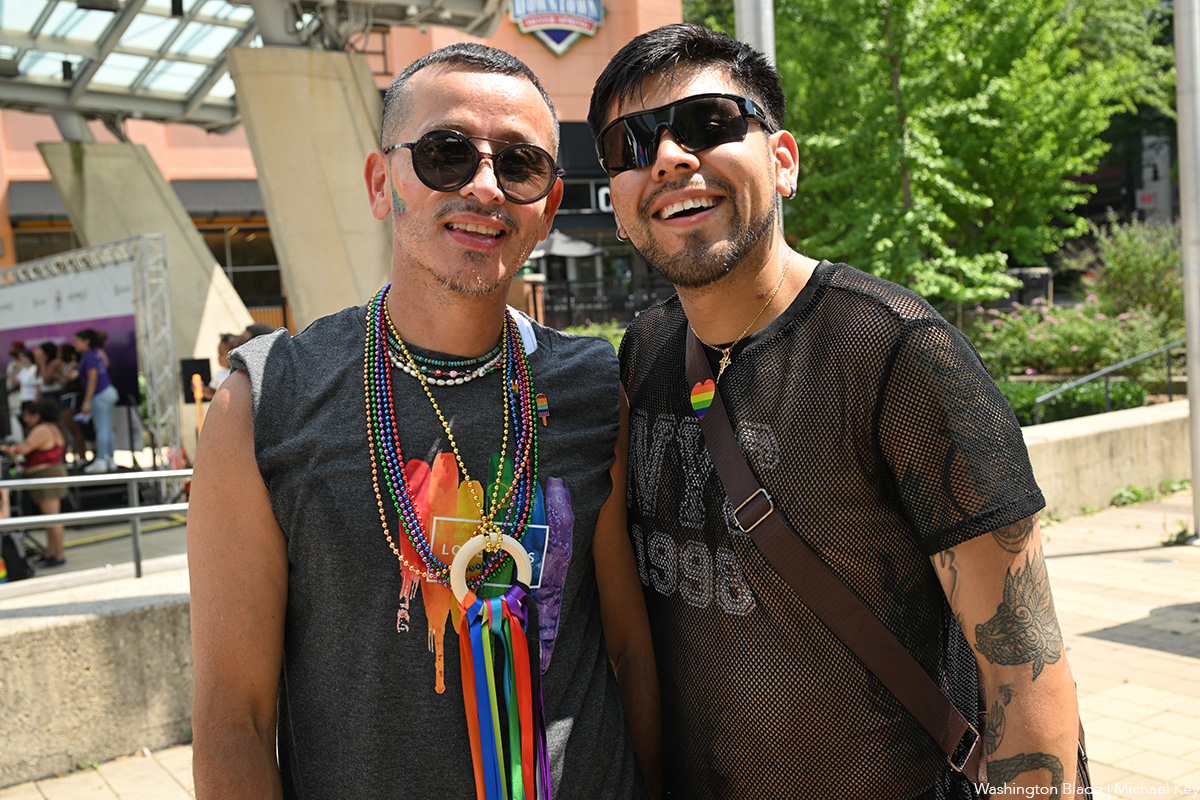
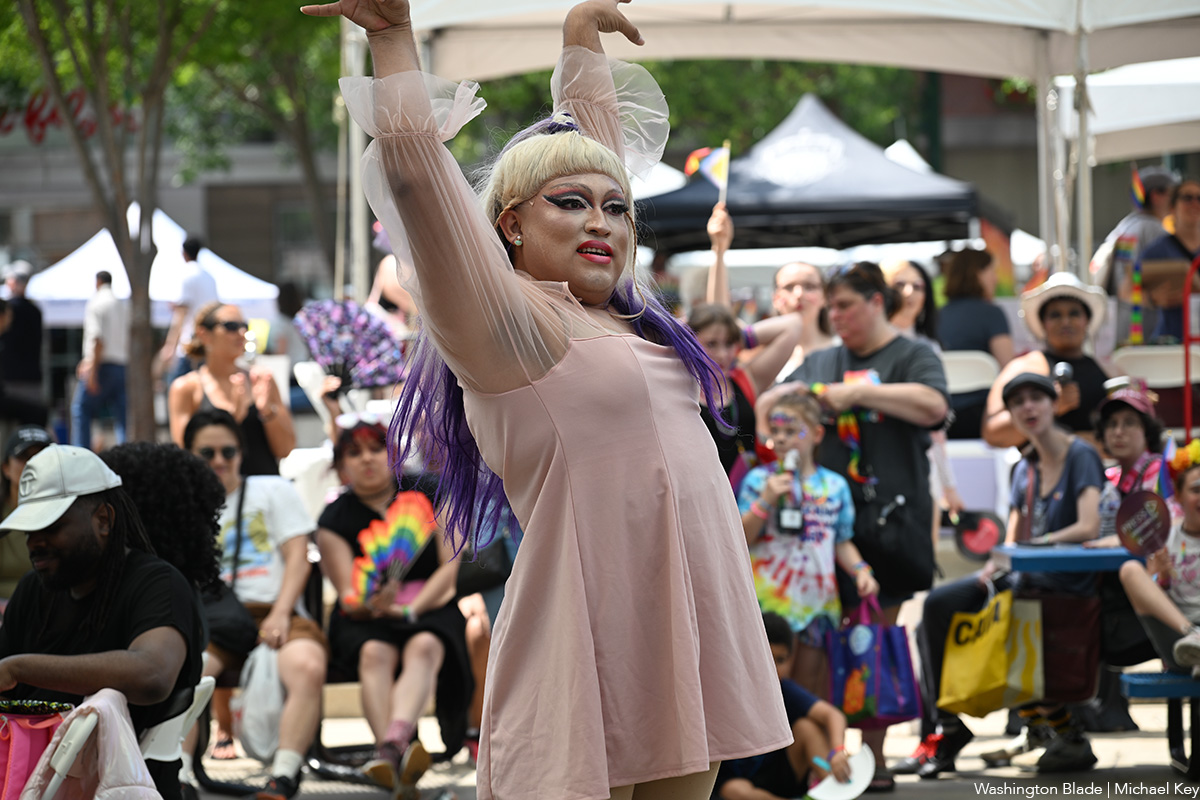
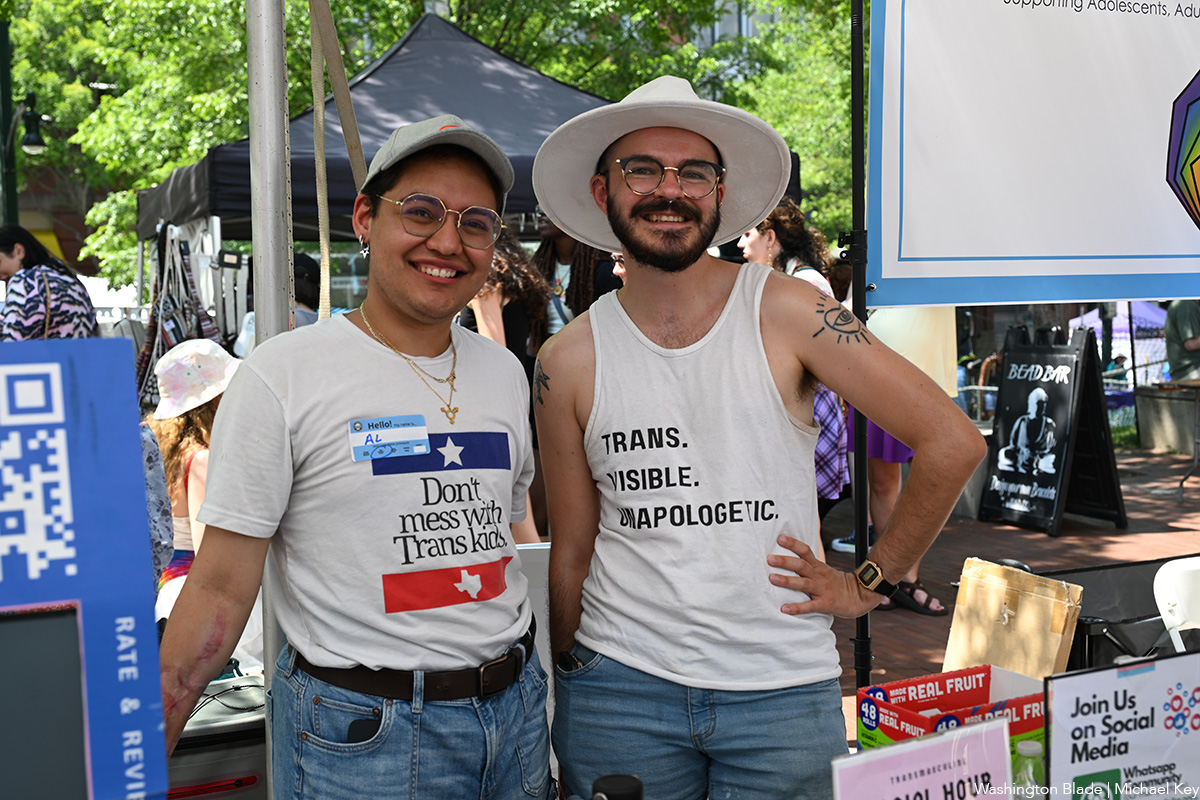
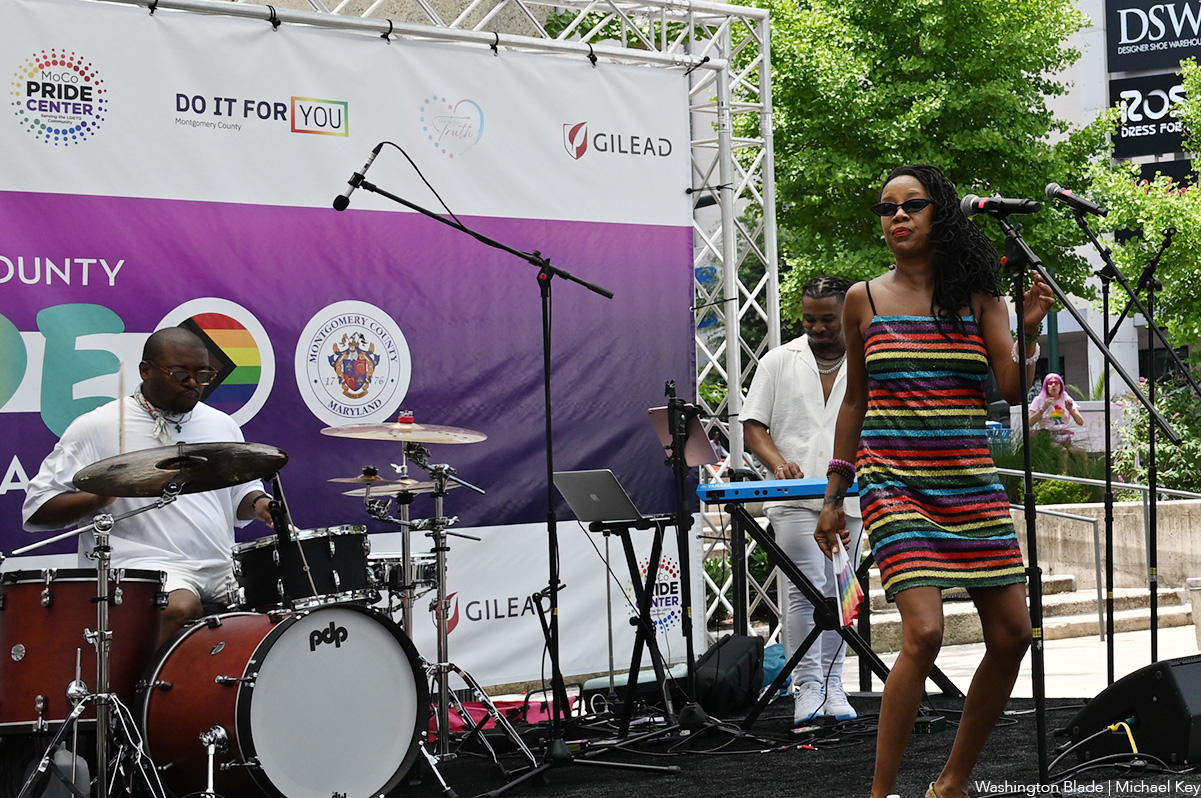
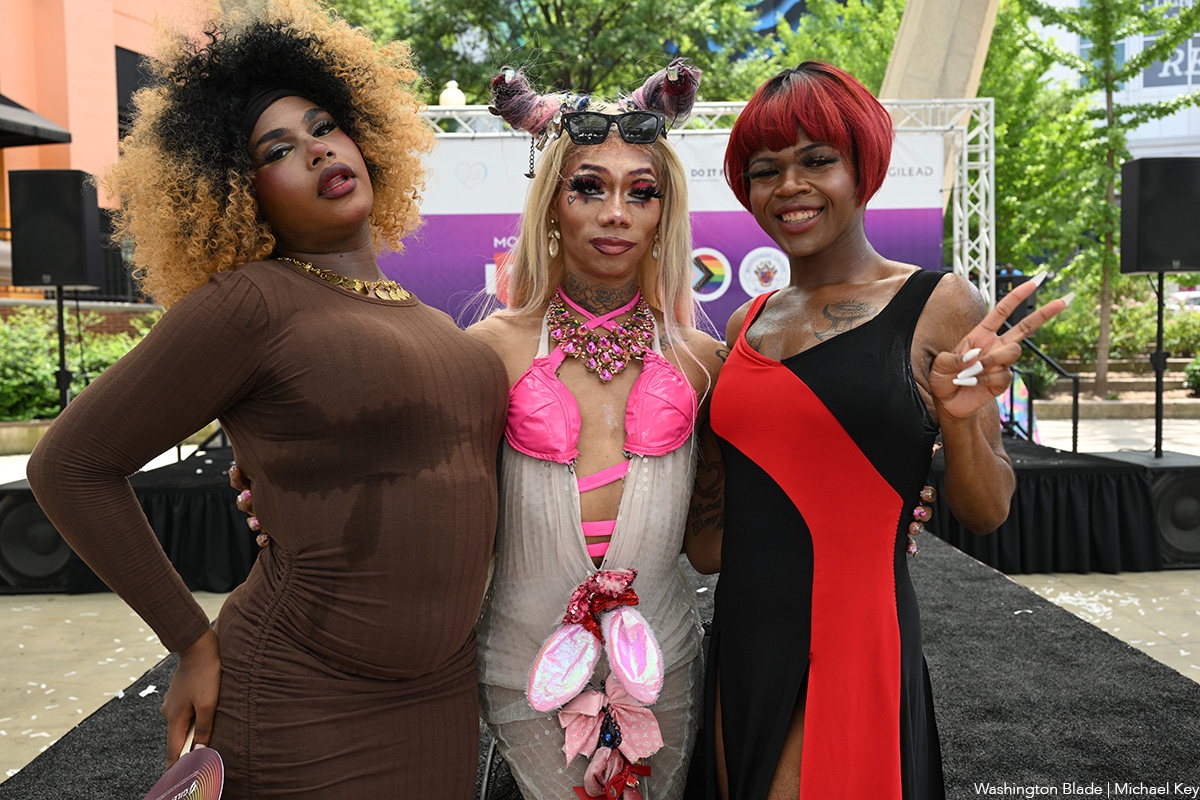
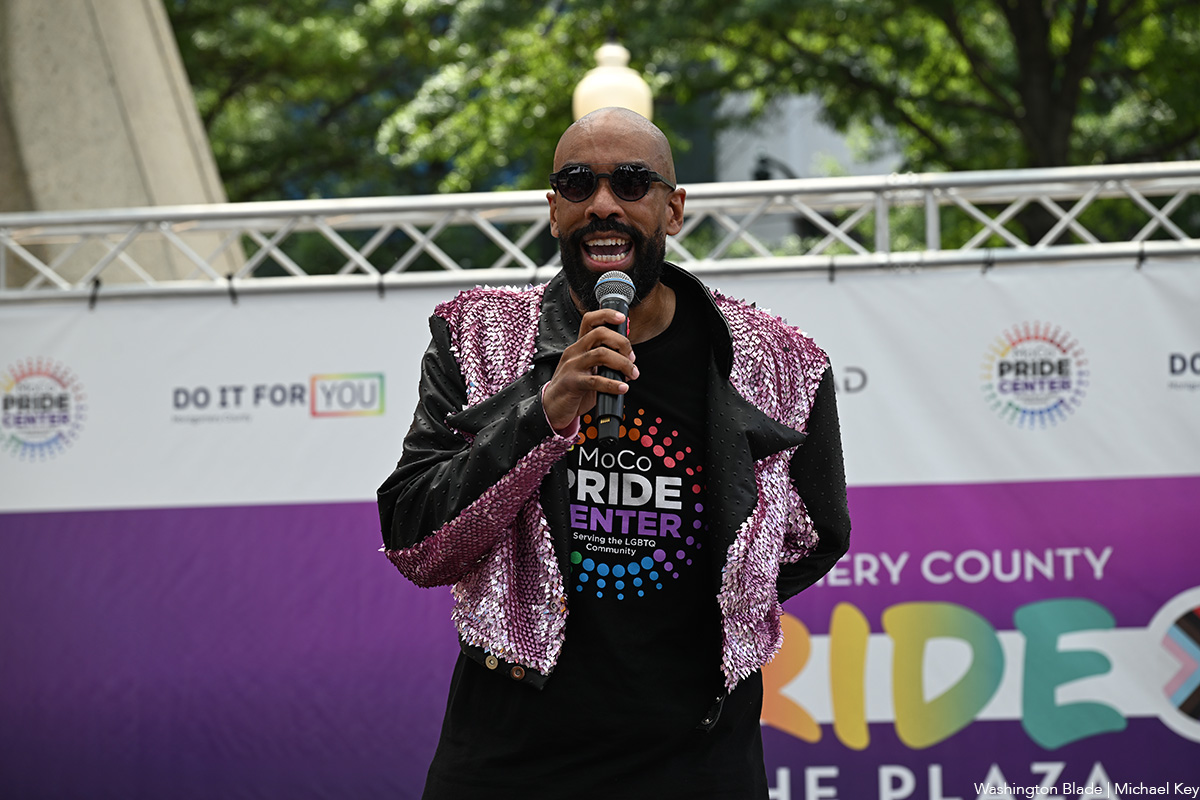
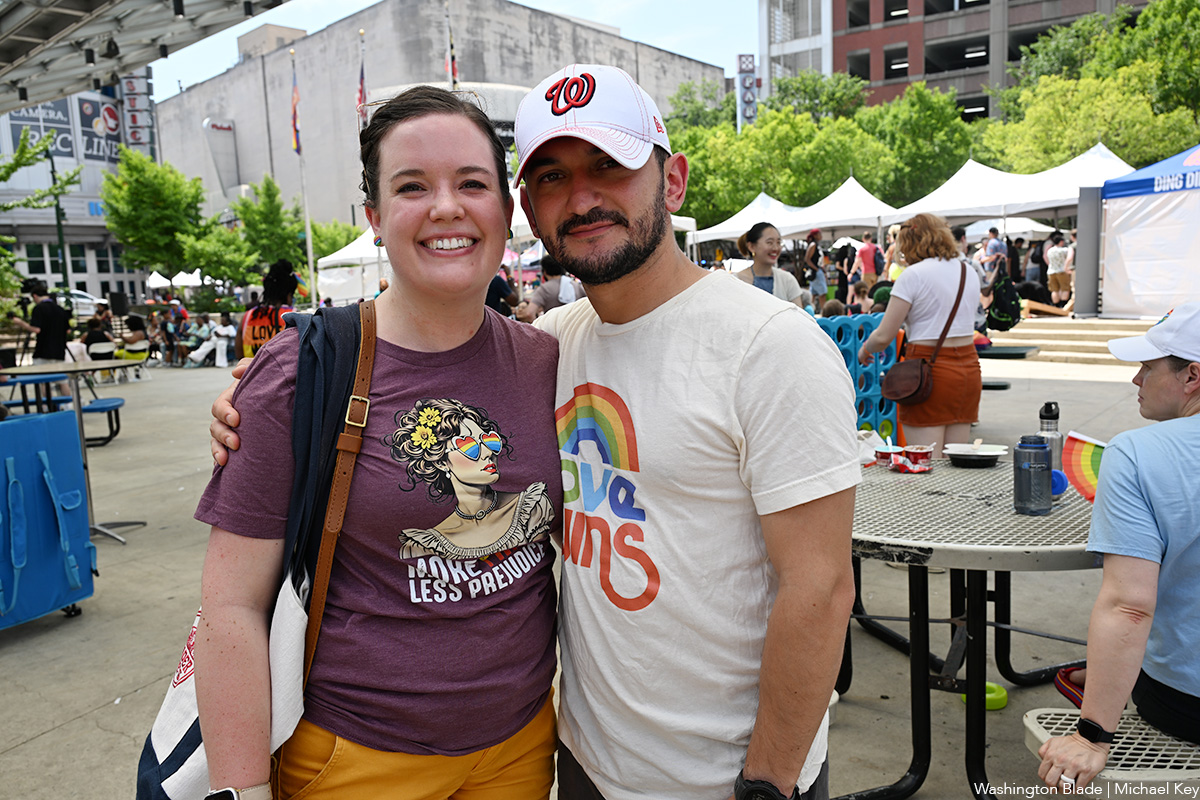
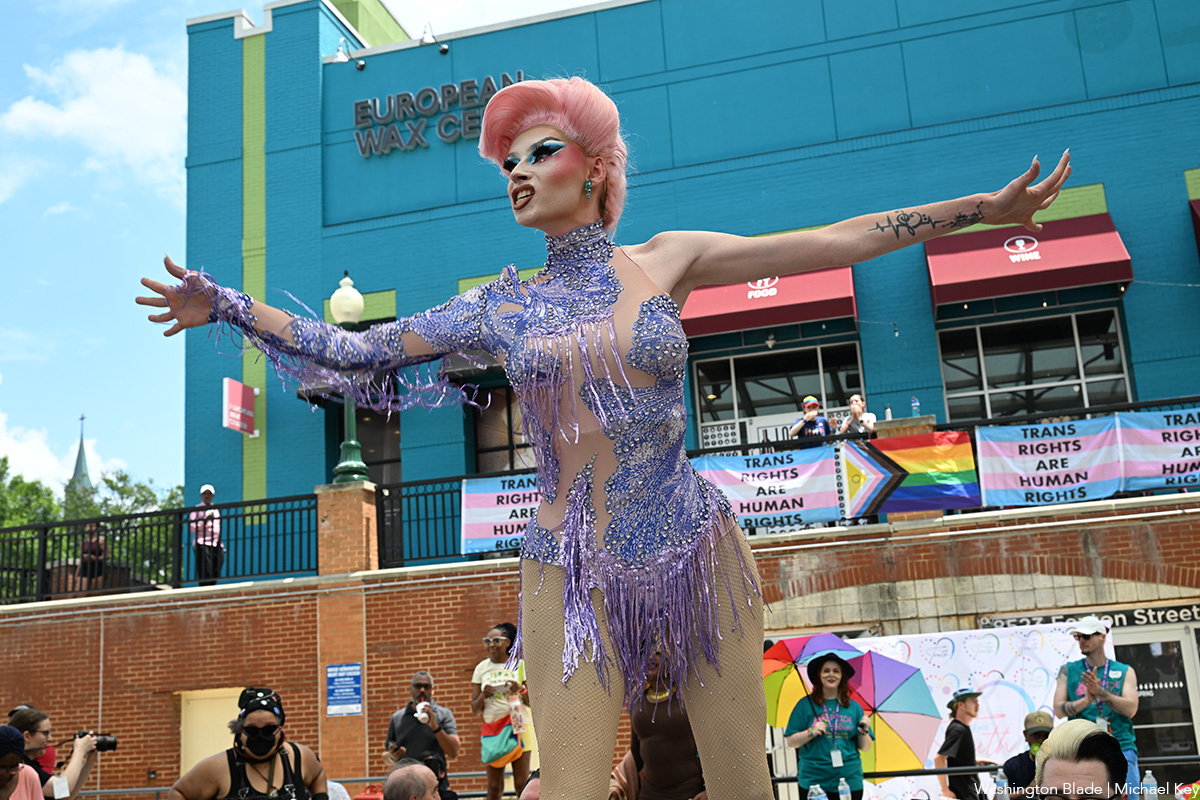
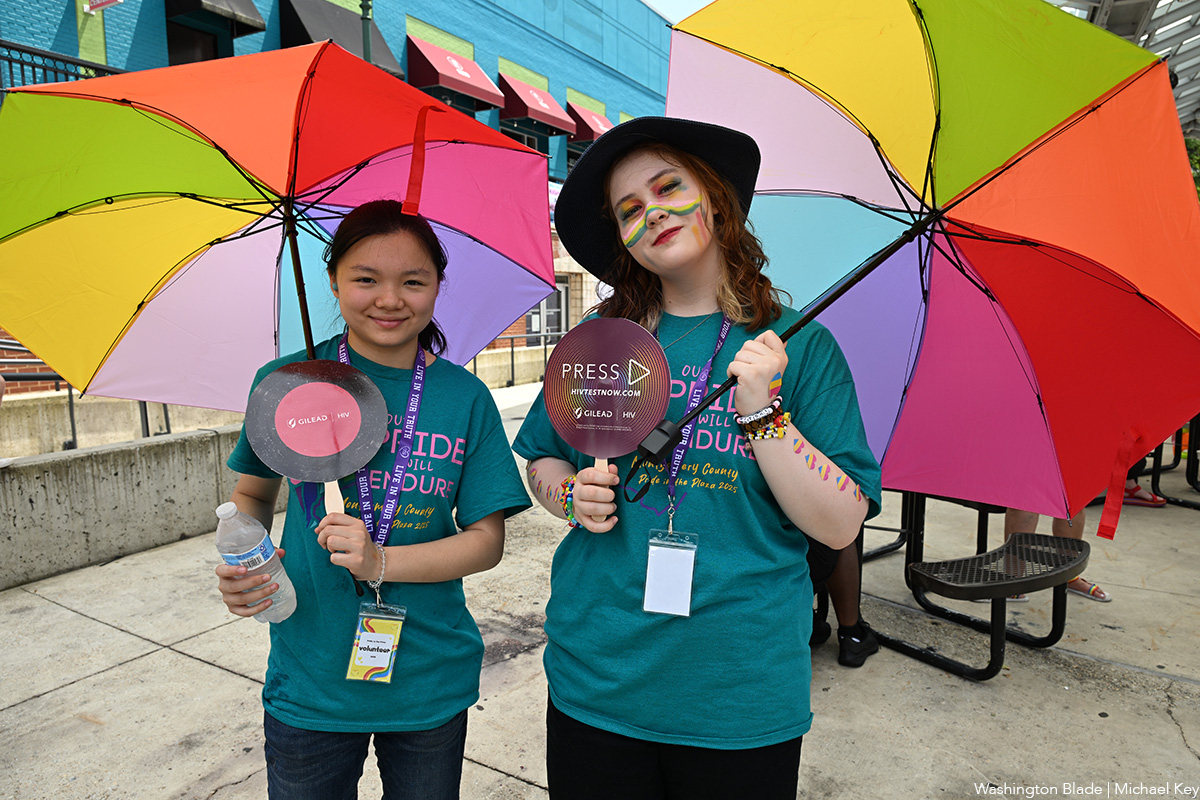
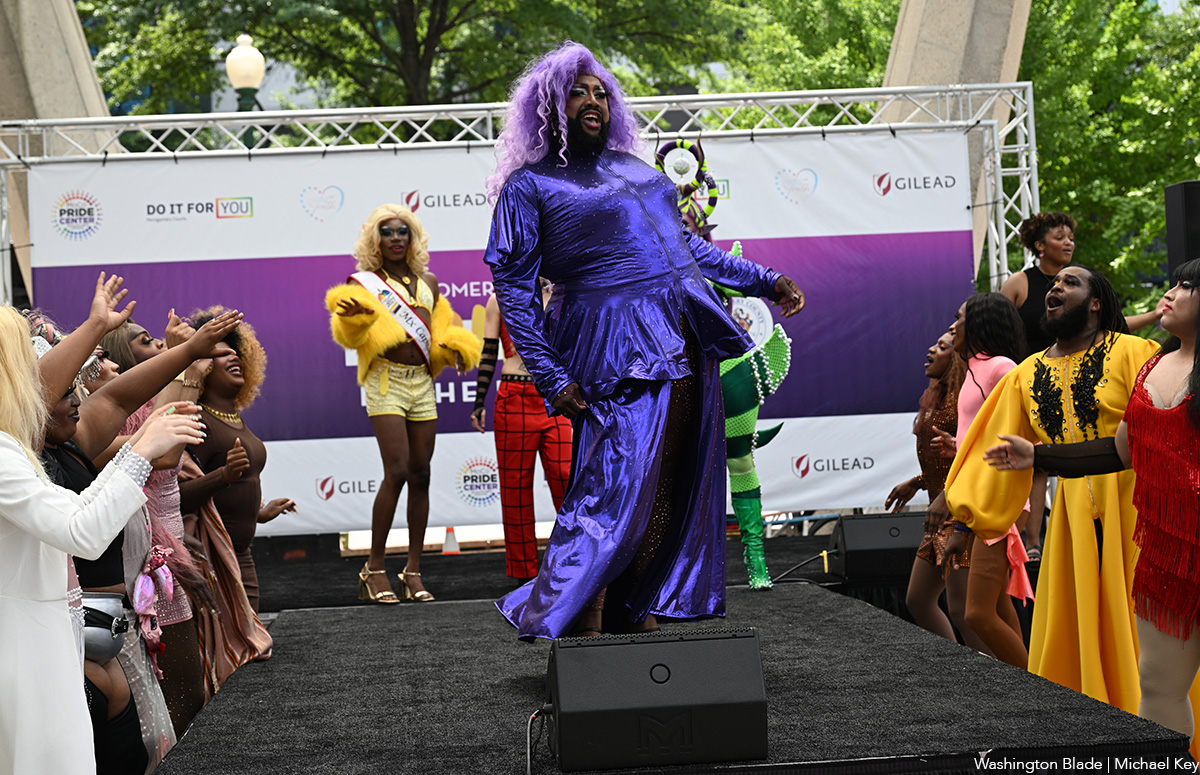
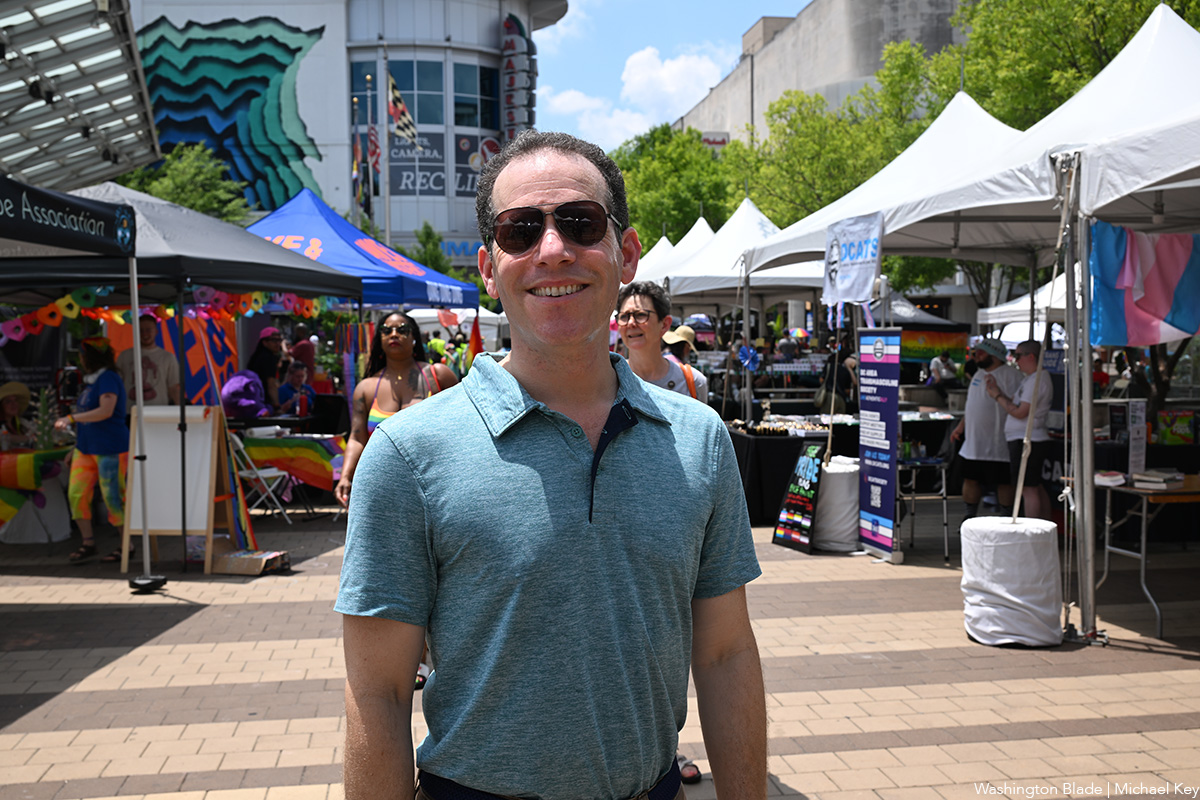
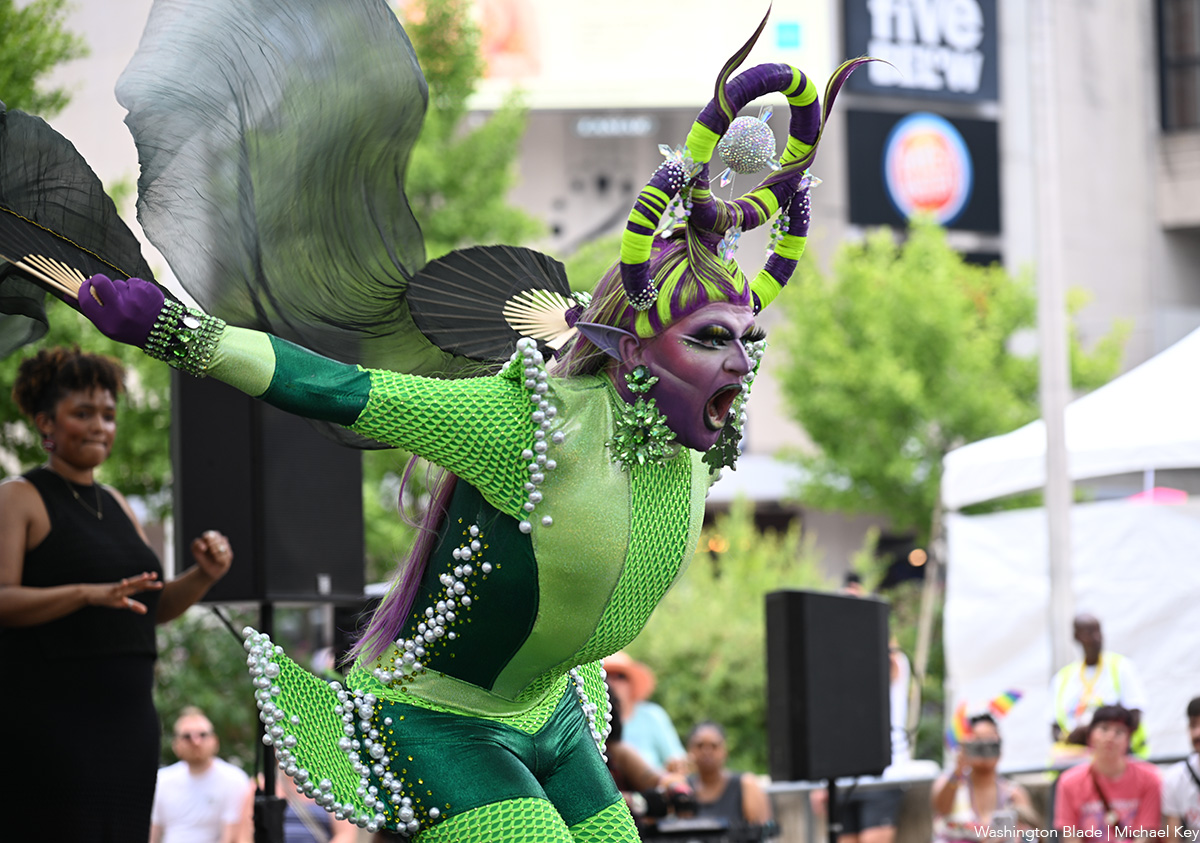
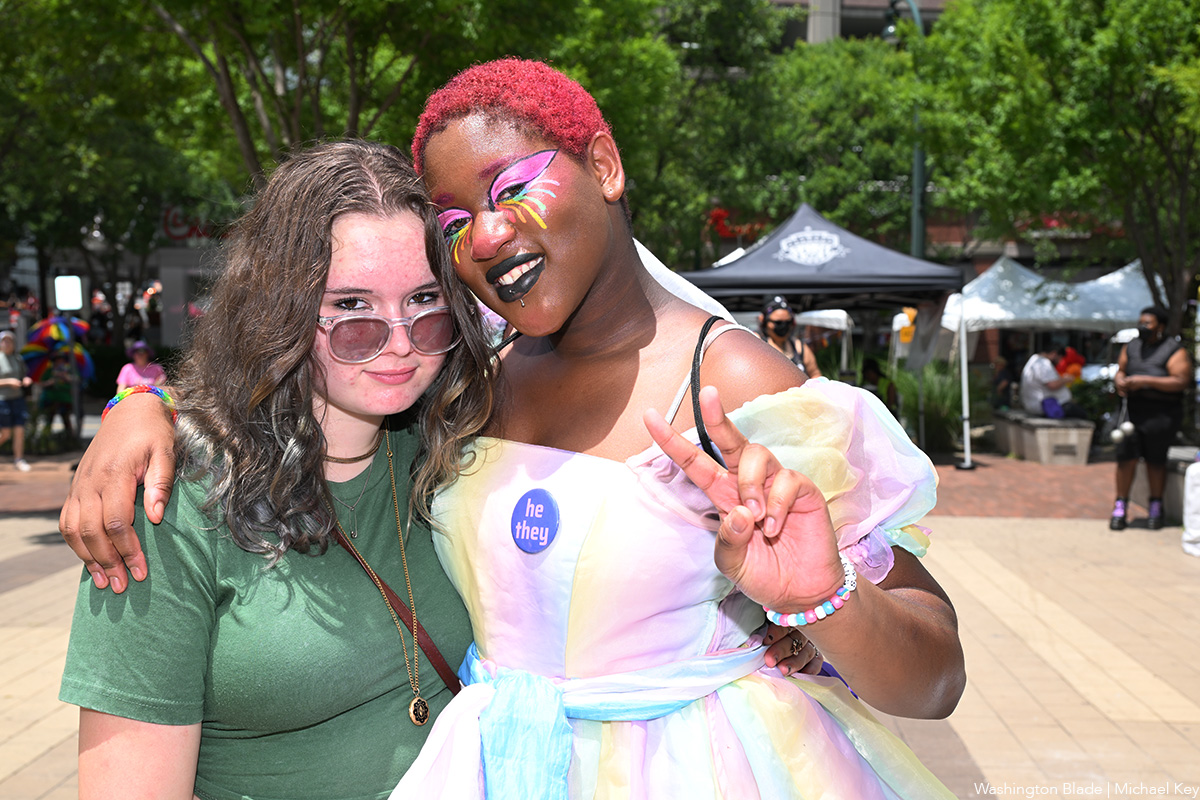
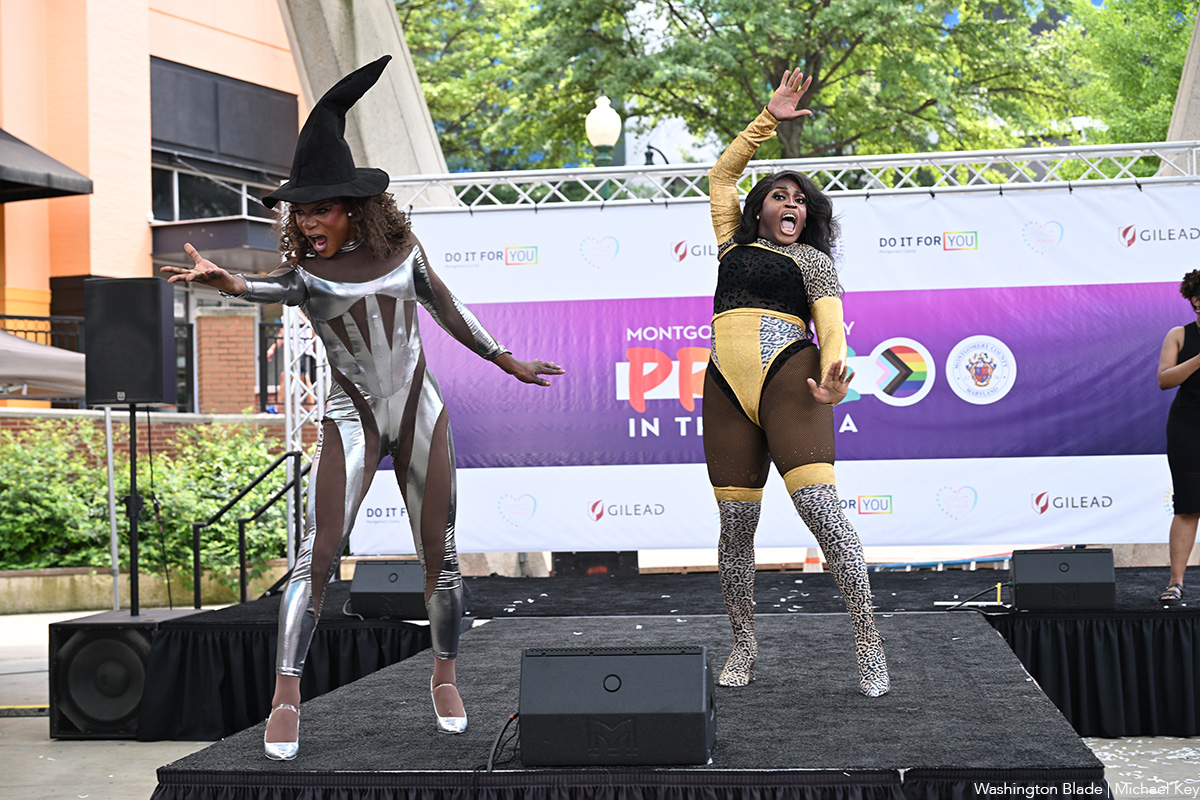
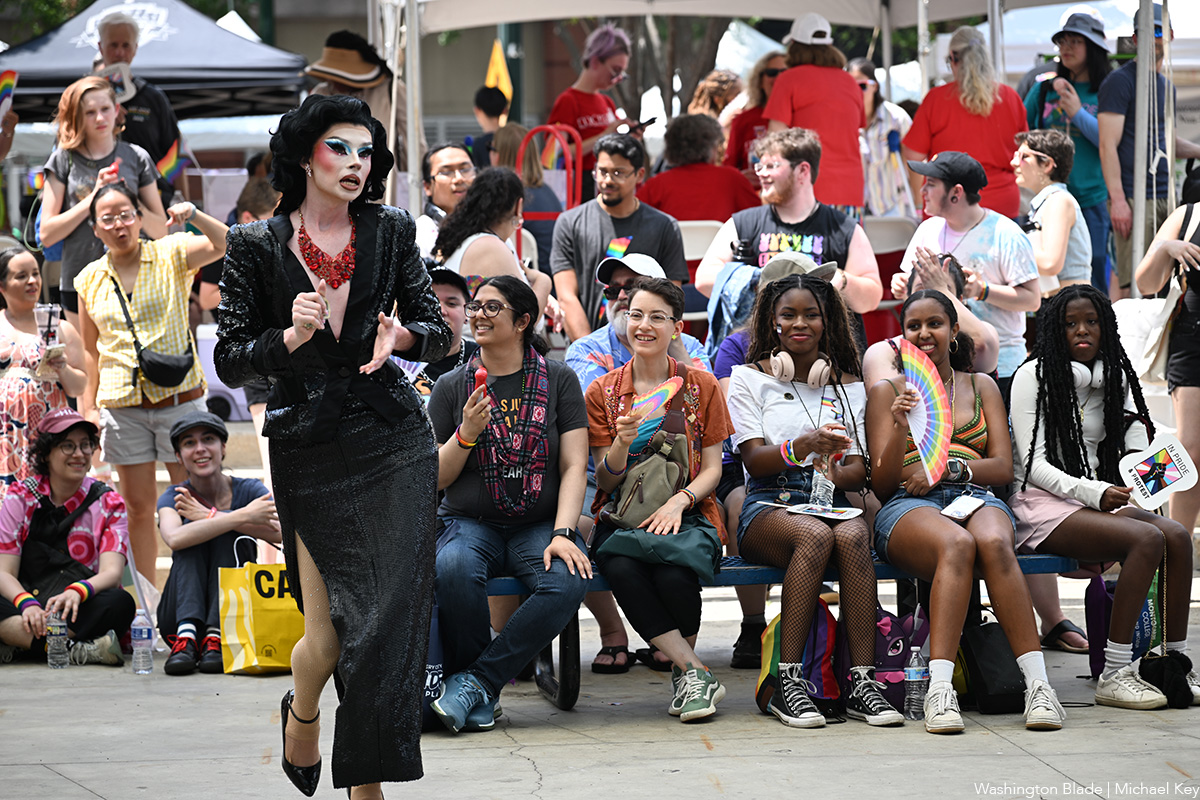
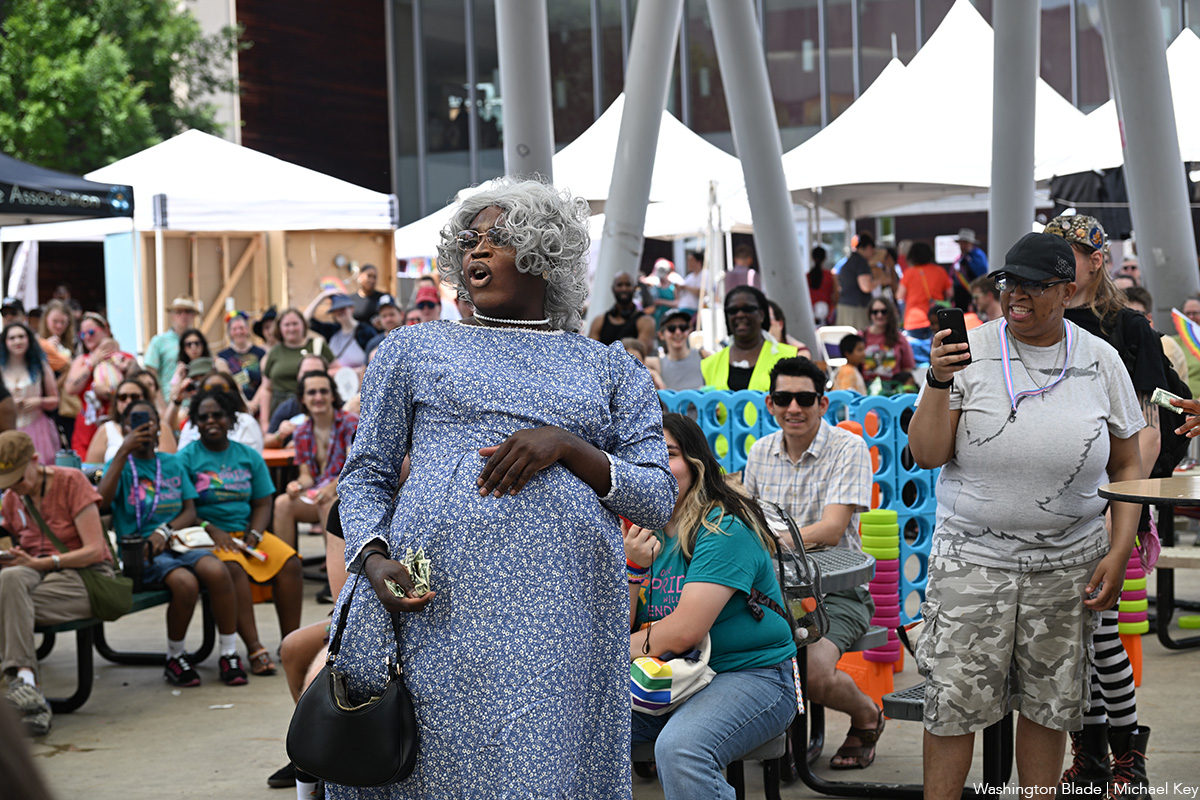
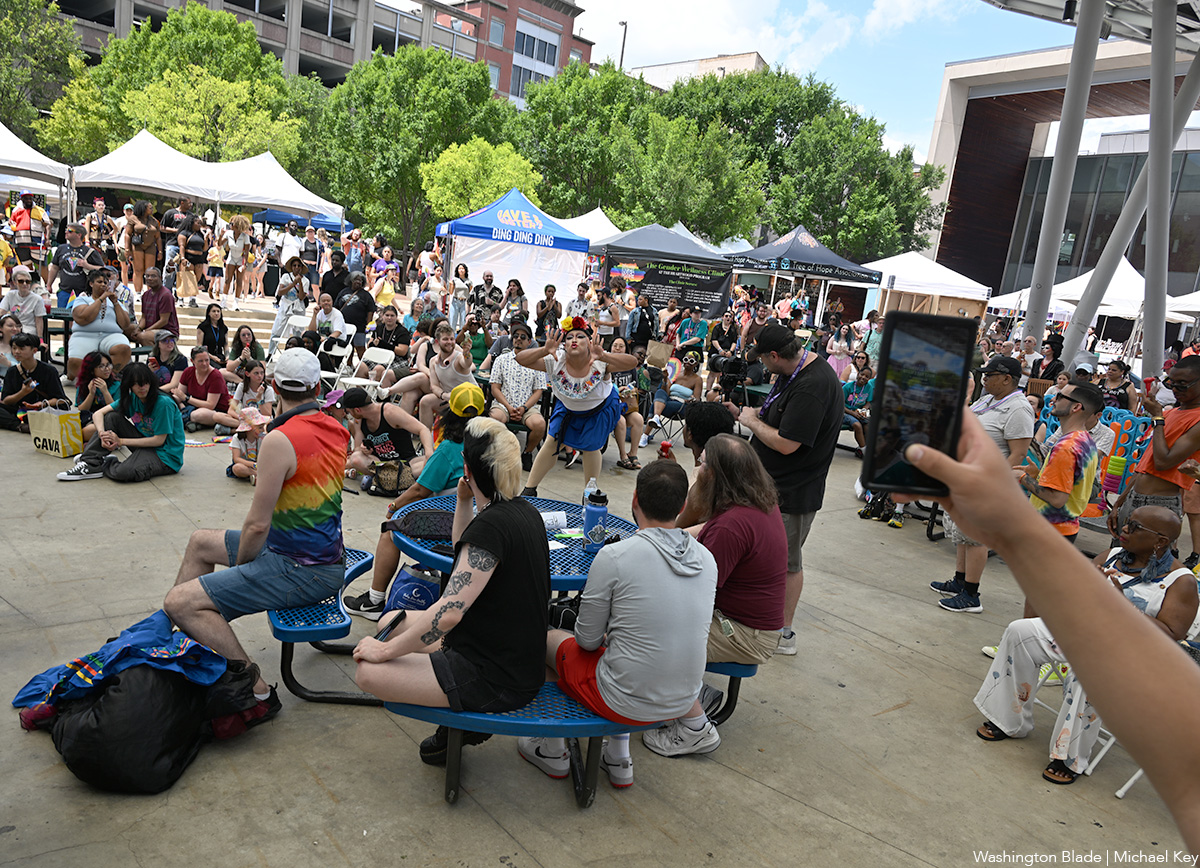
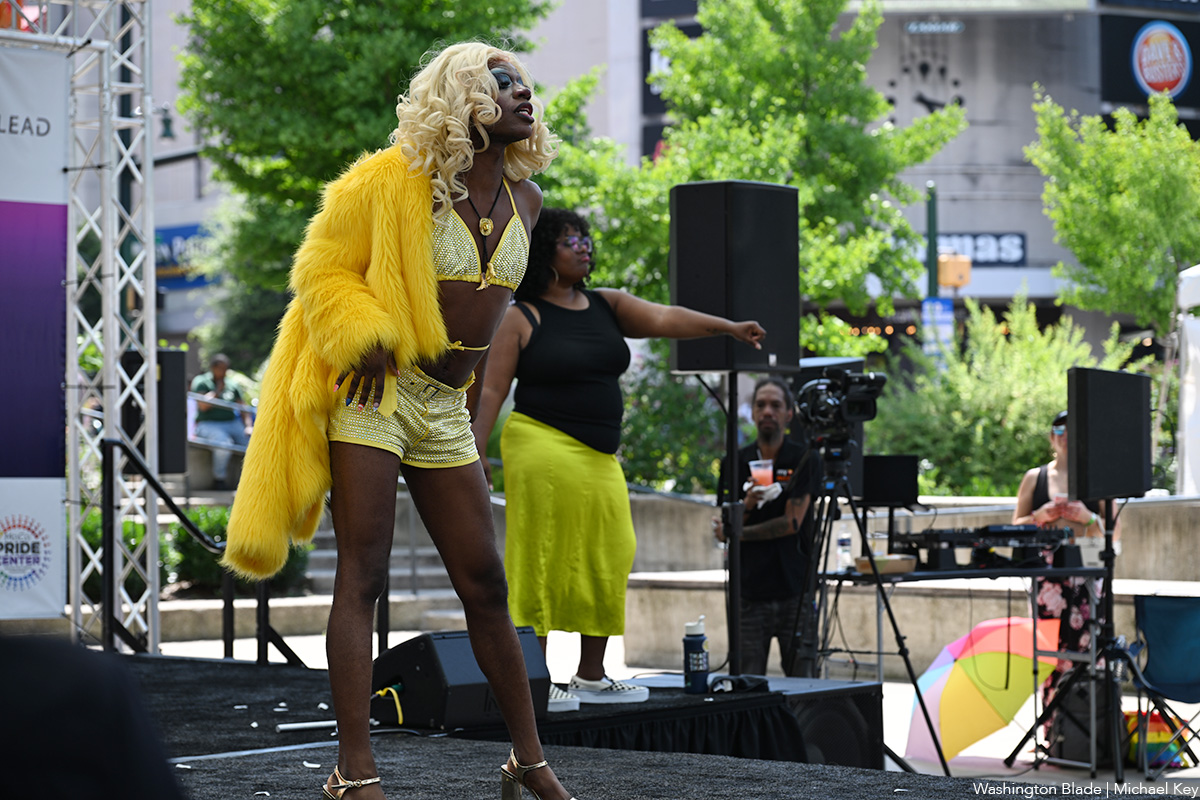
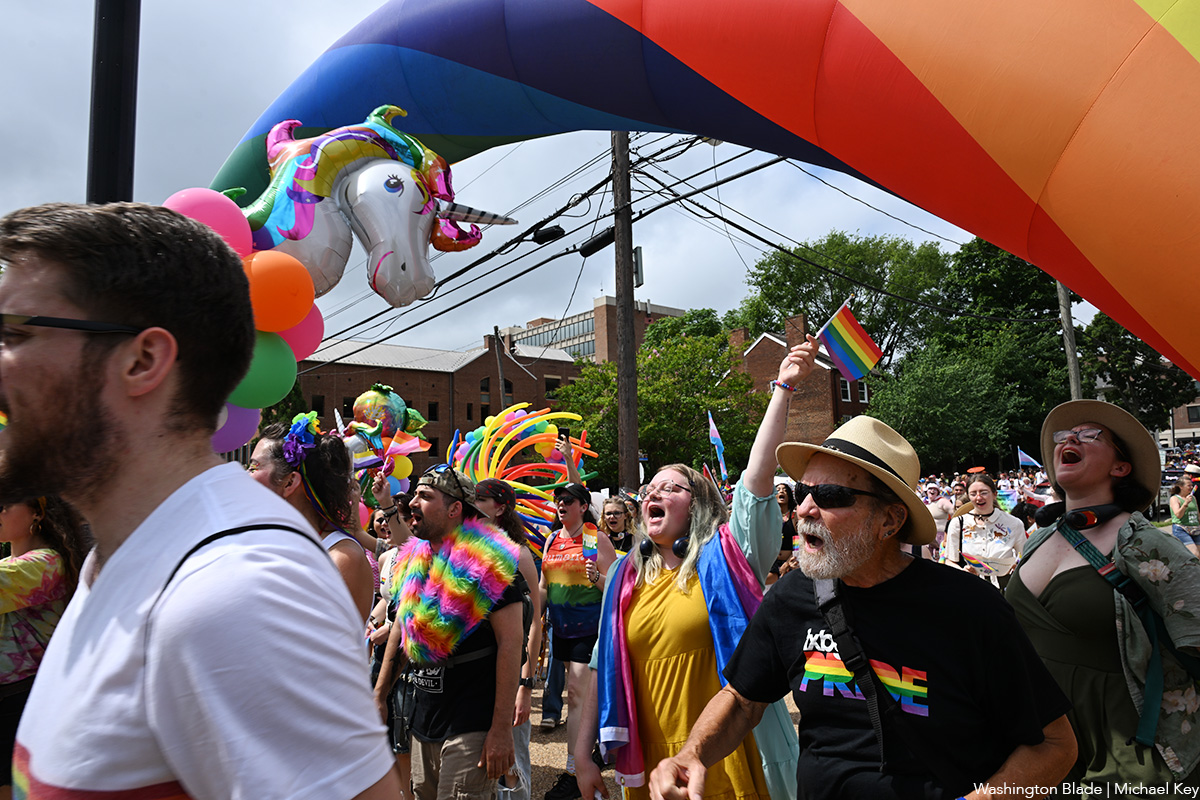
The fifth annual Fredericksburg Pride march and festival was held on Saturday, June 28. A march through the streets of downtown Fredericksburg, Va. was followed by a festival at Riverfront Park.
(Washington Blade photos by Michael Key)
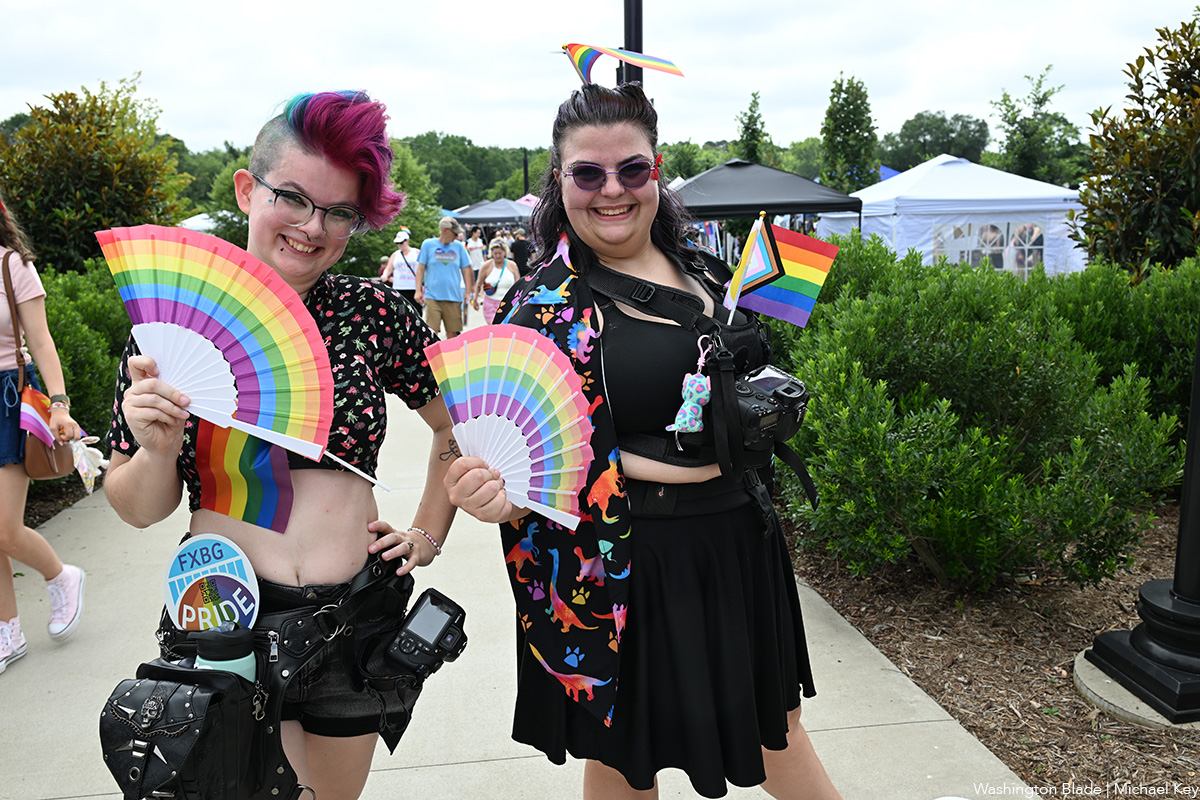
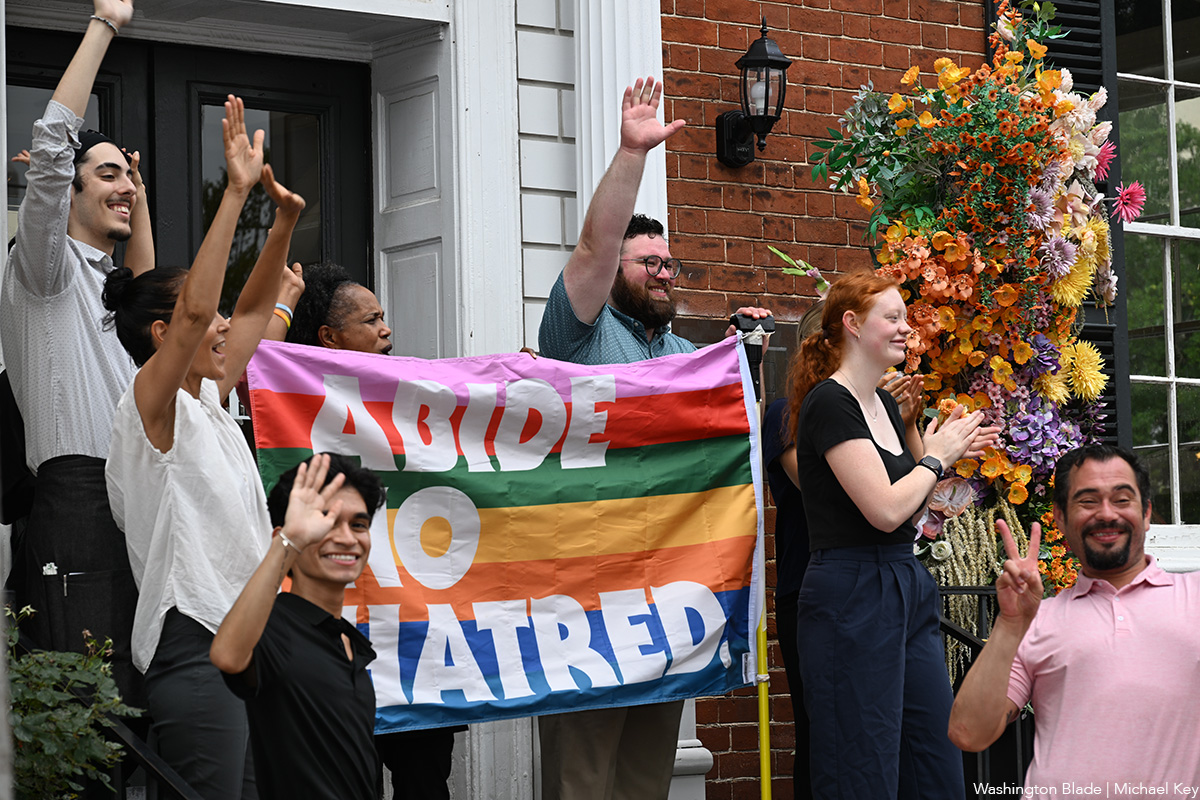
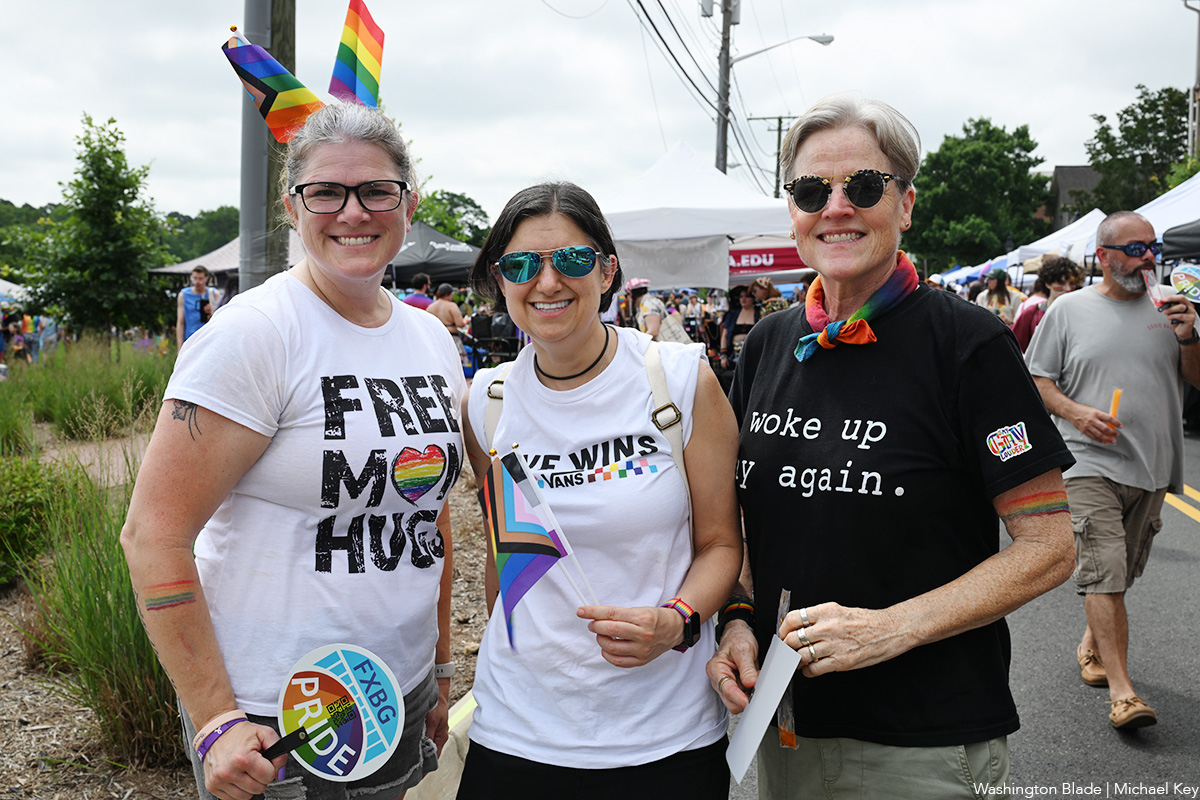
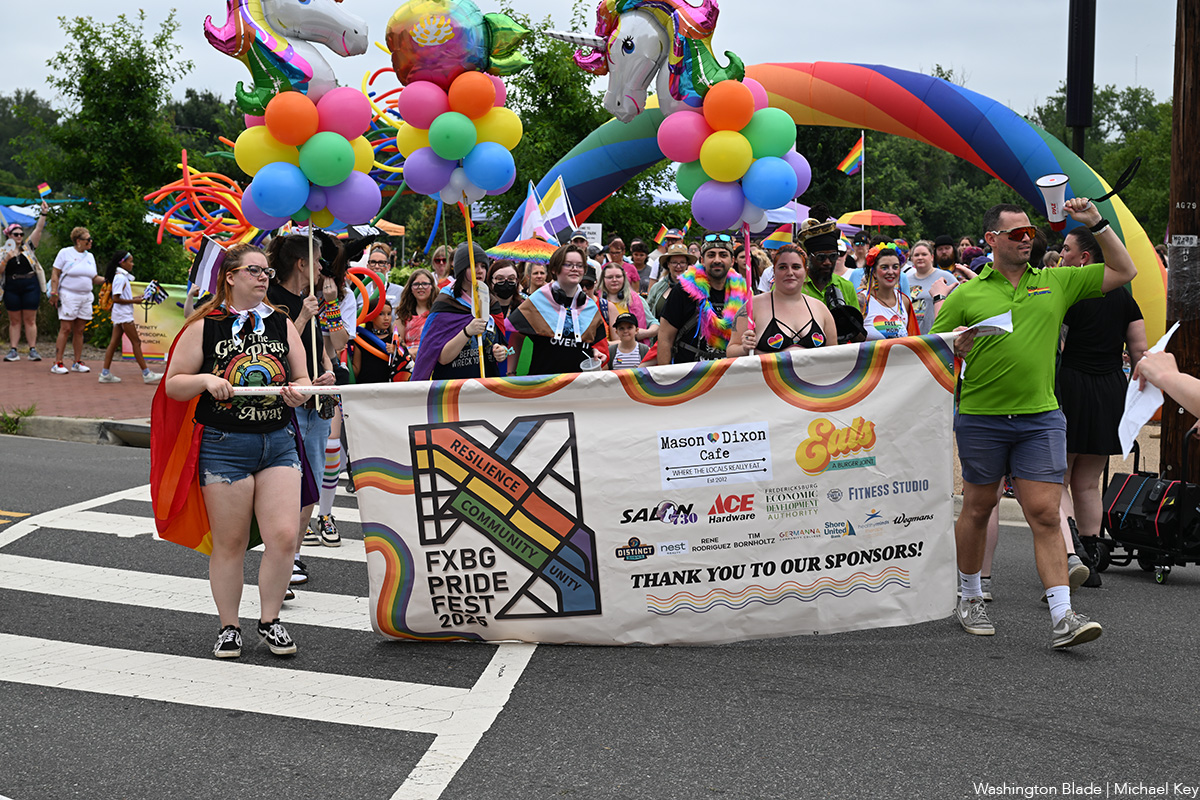
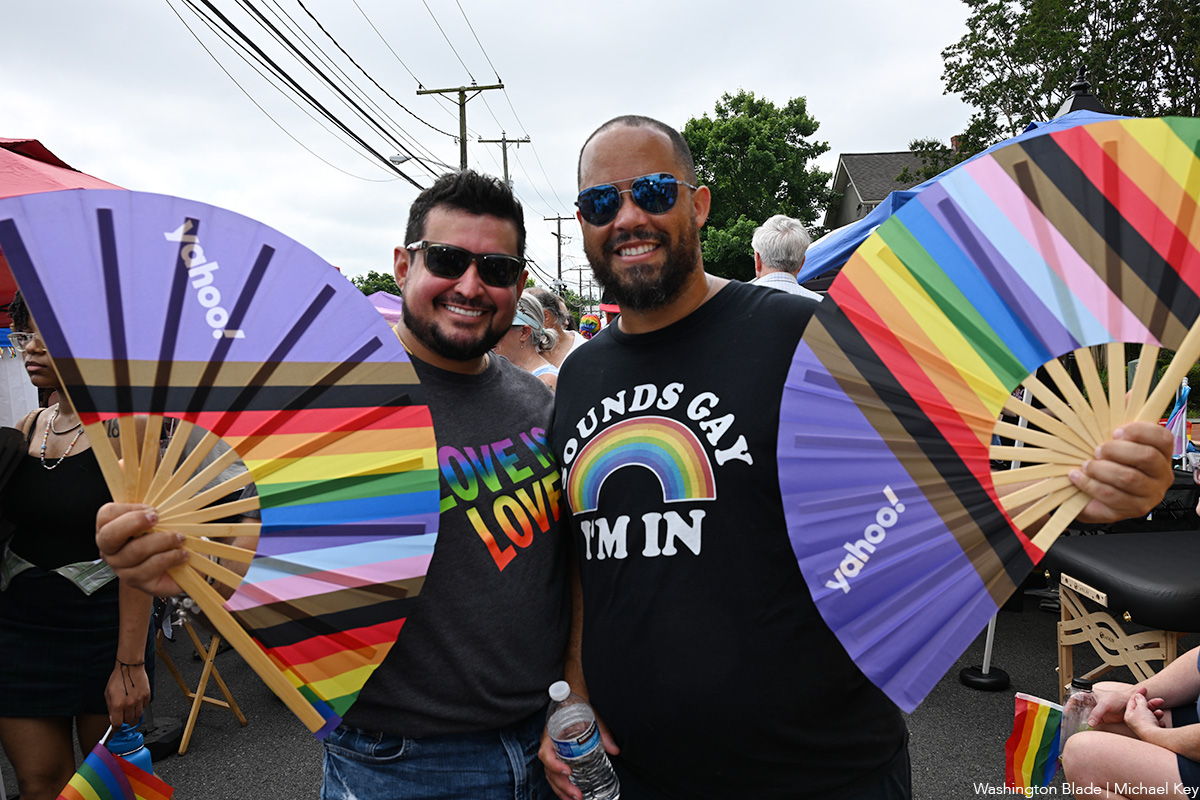
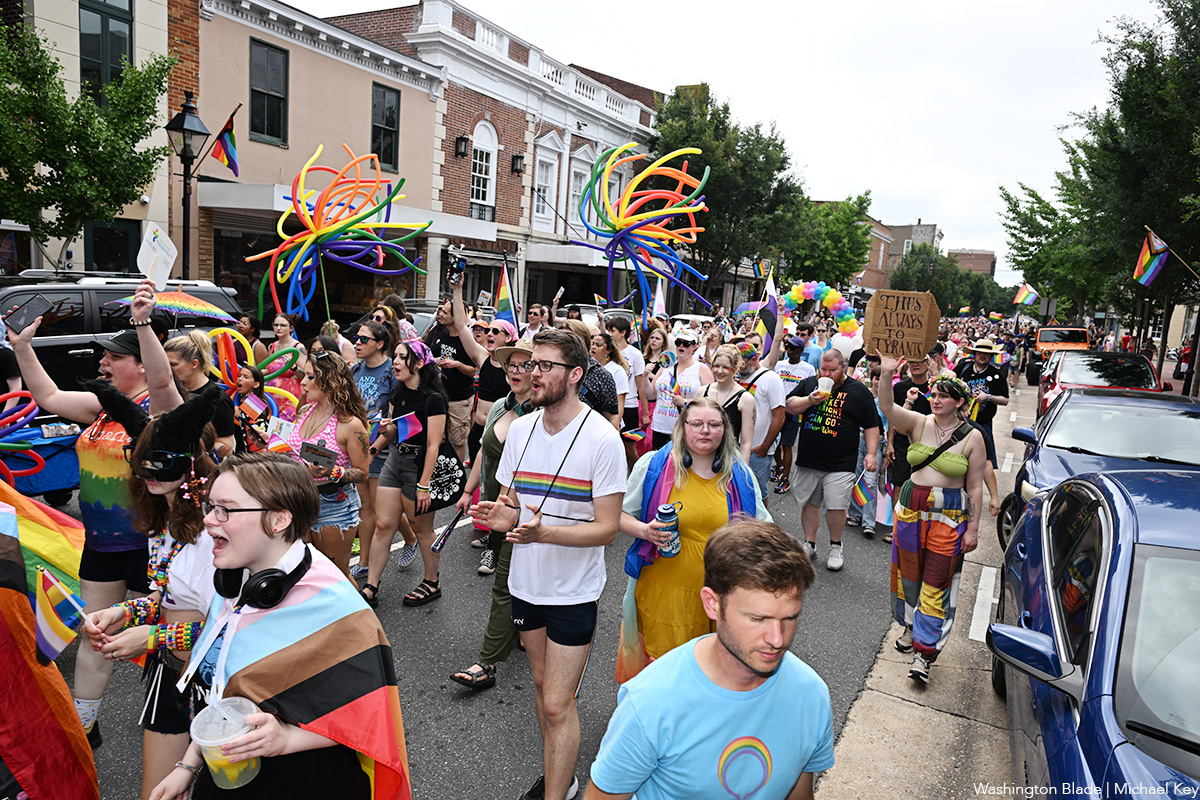
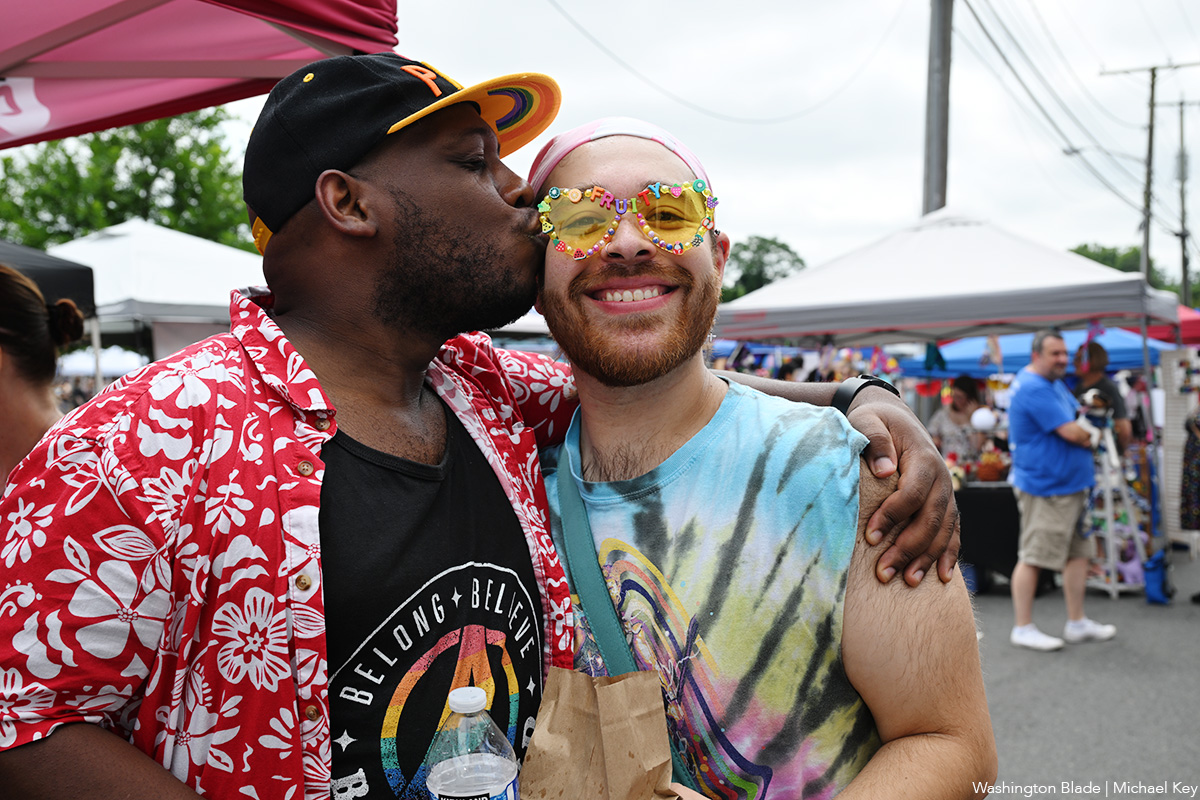
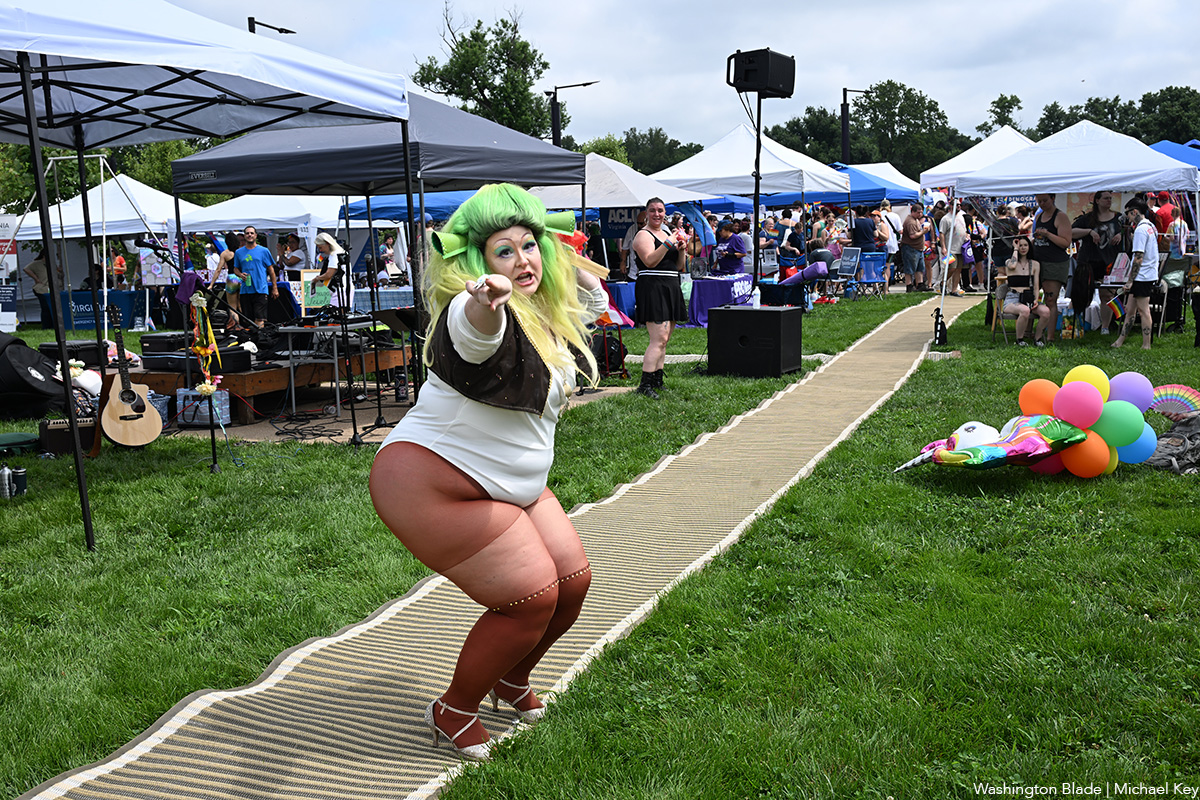
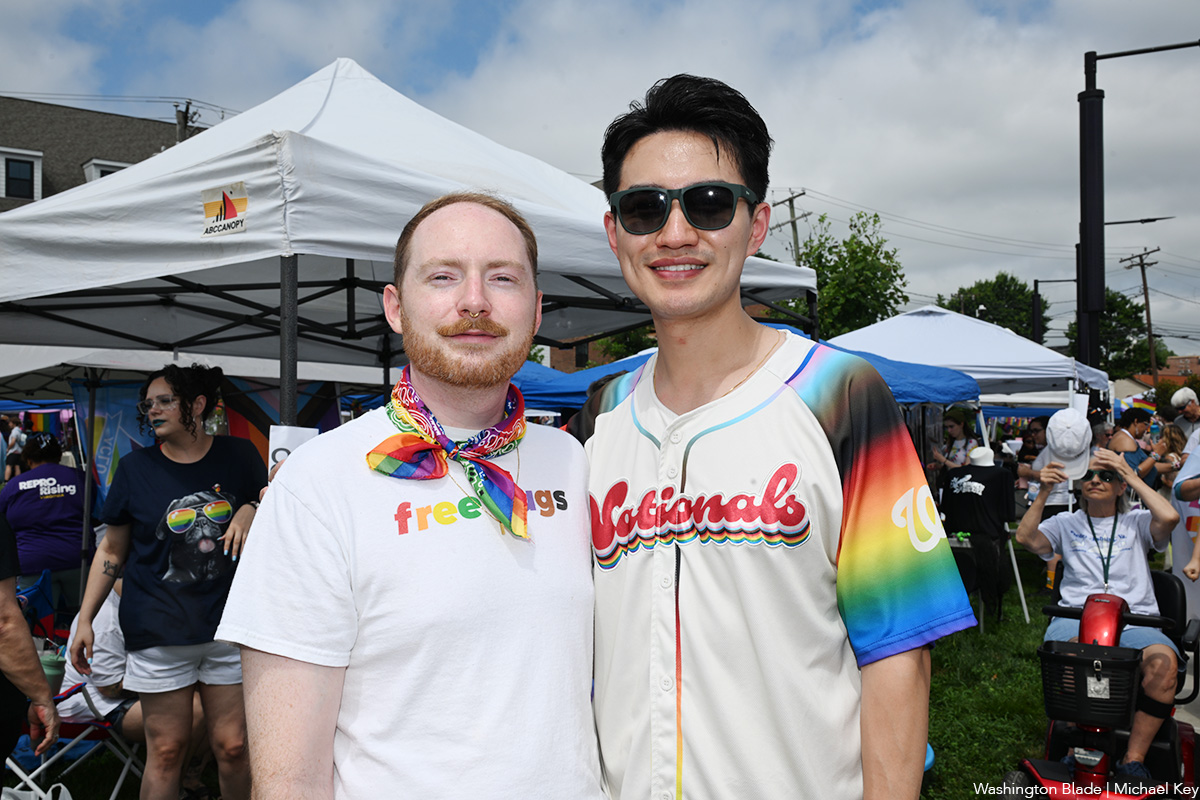

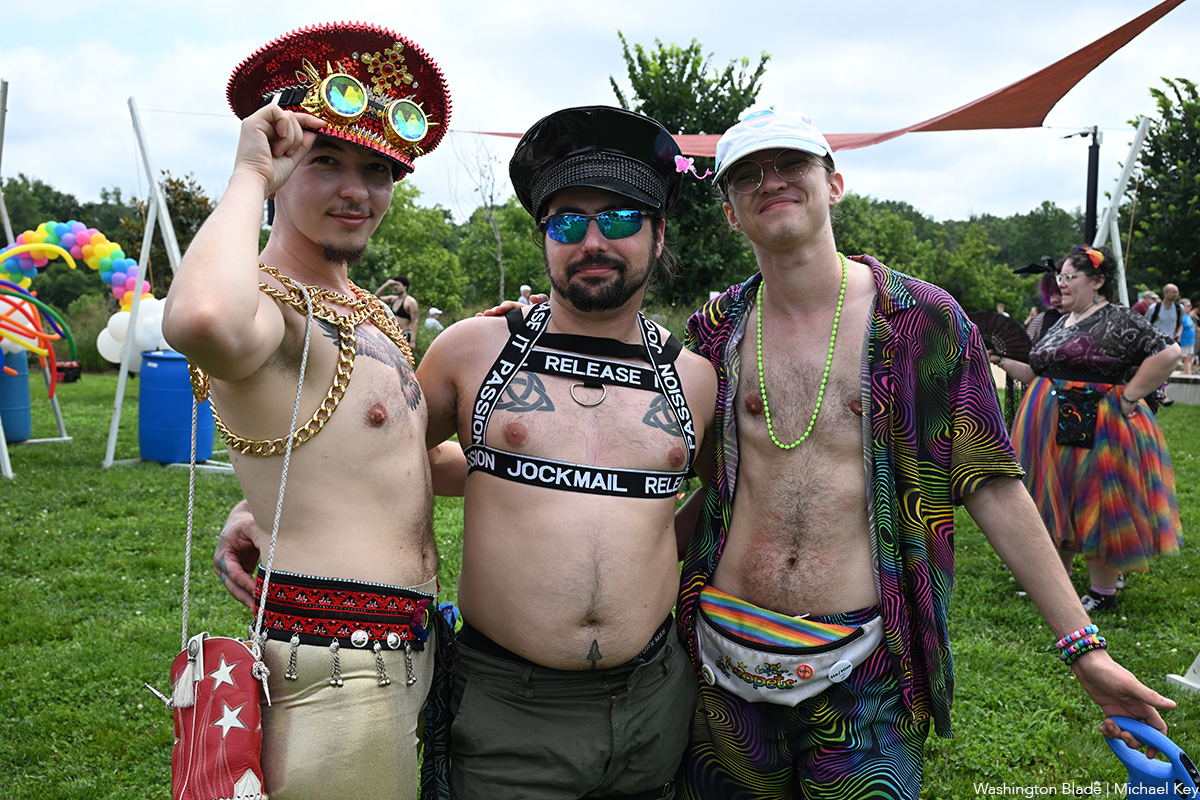
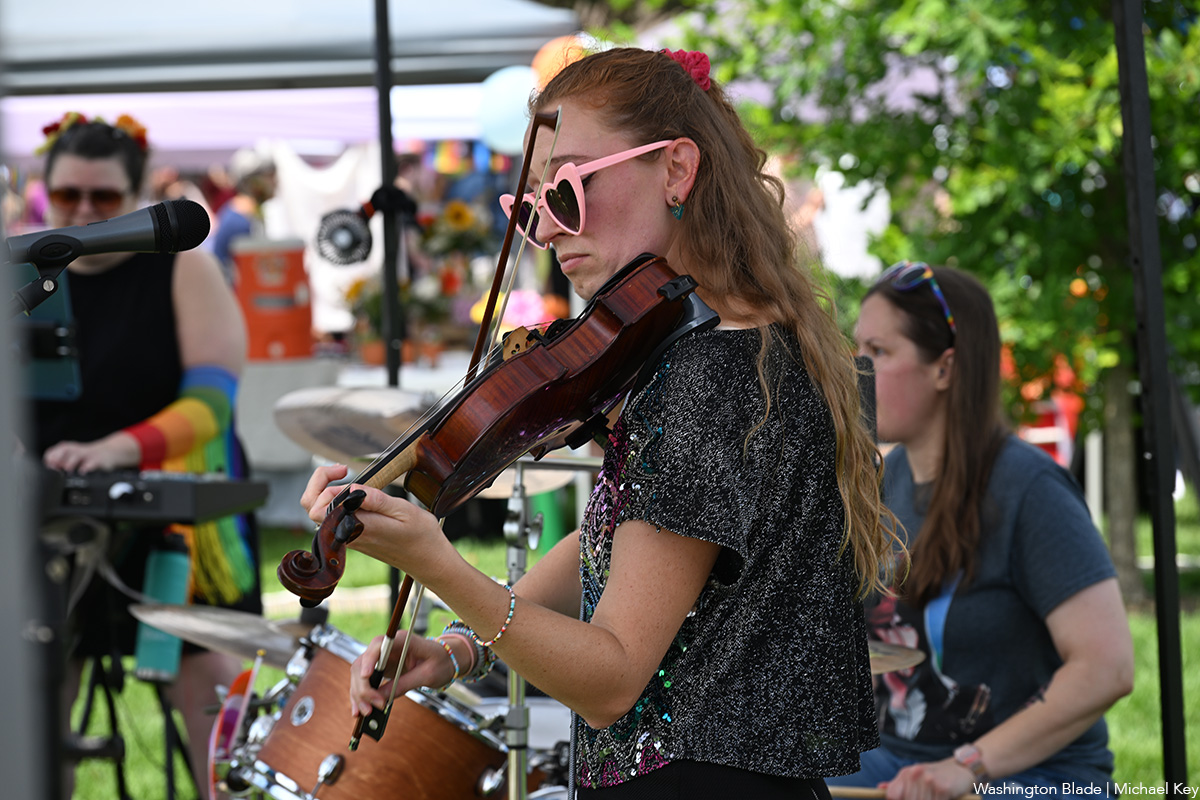
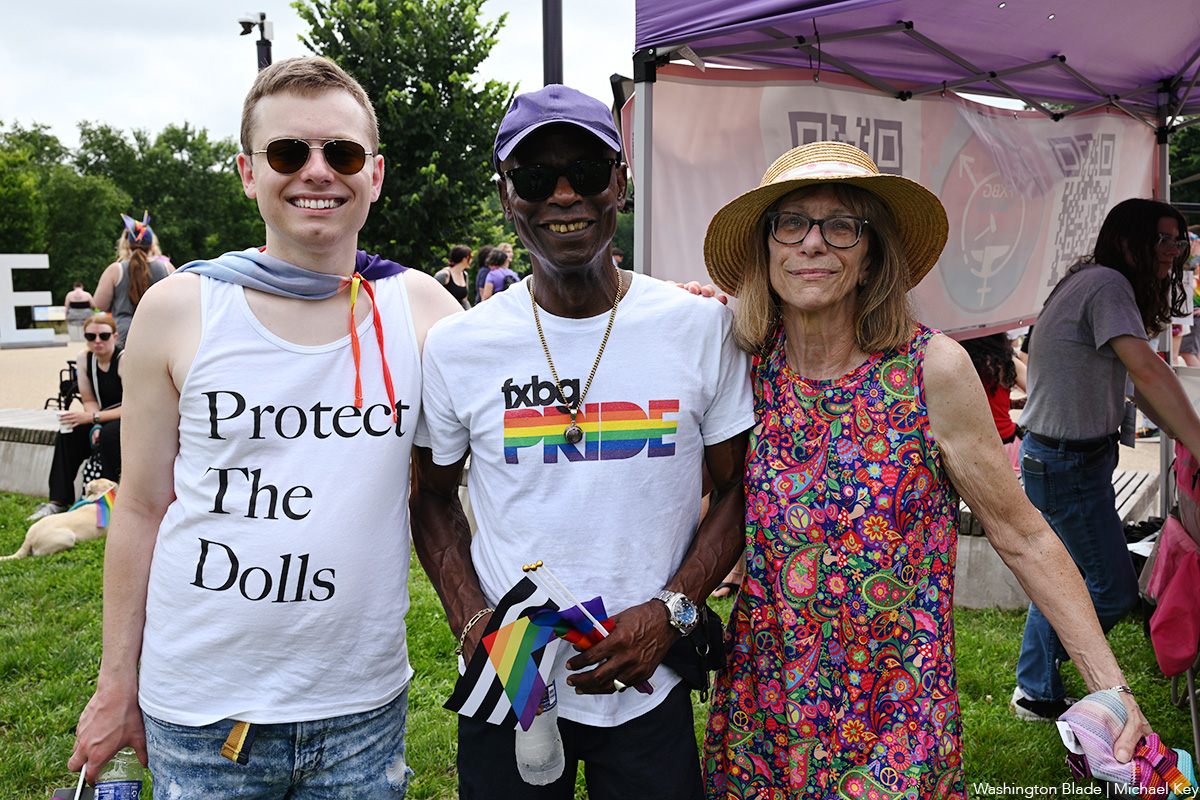
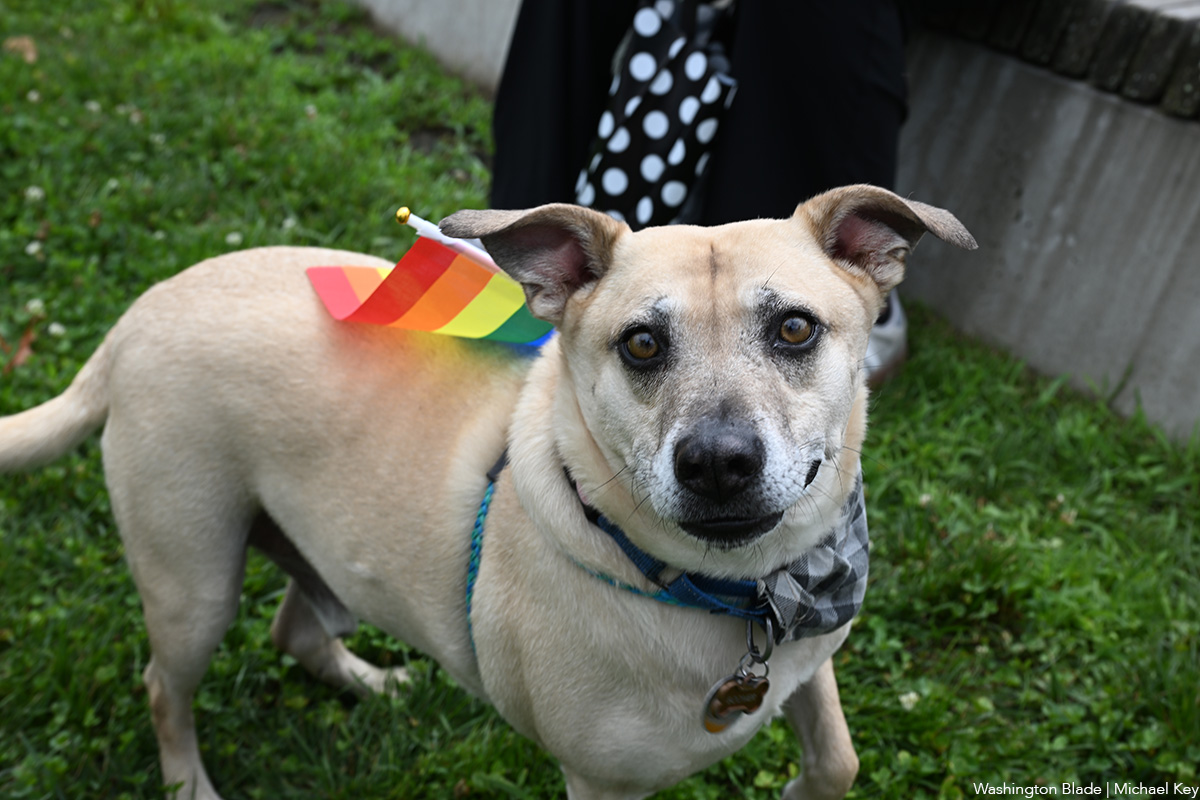
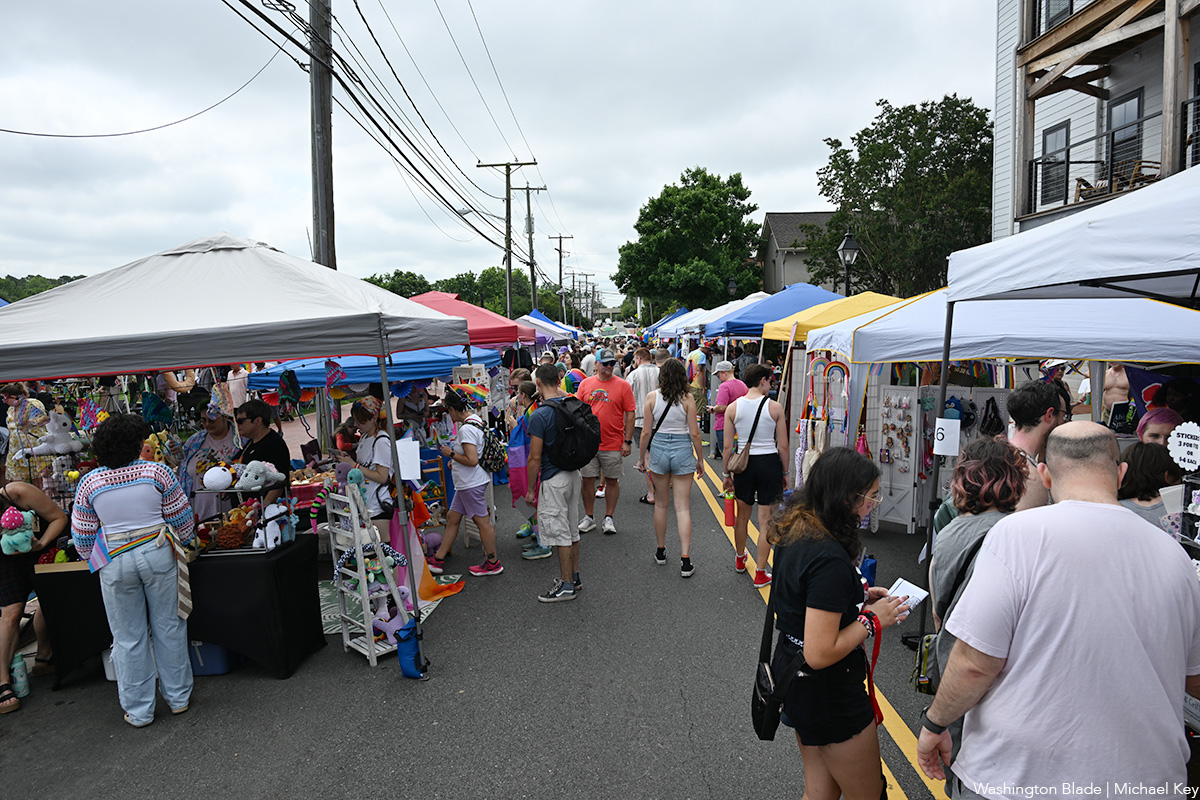
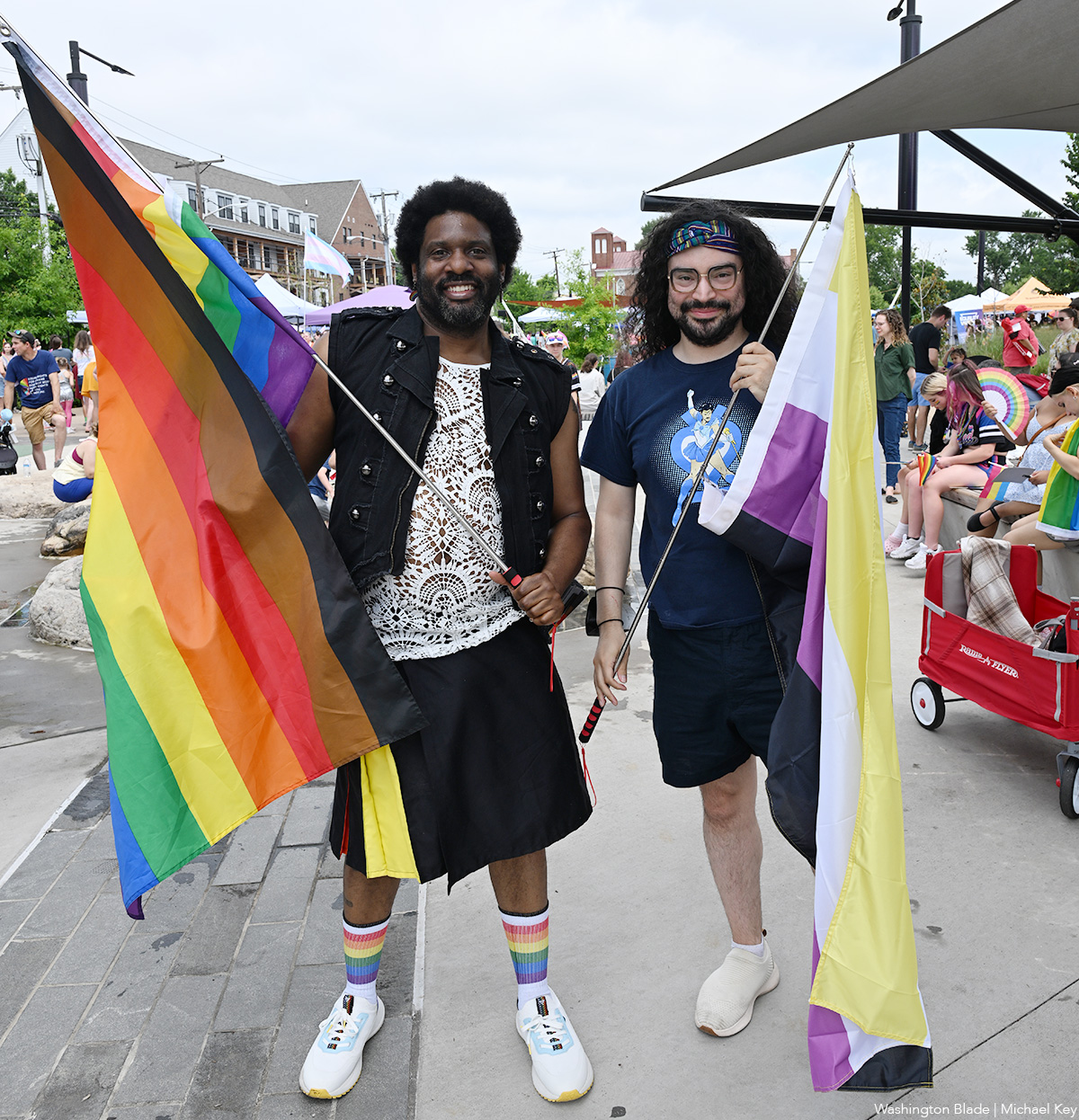
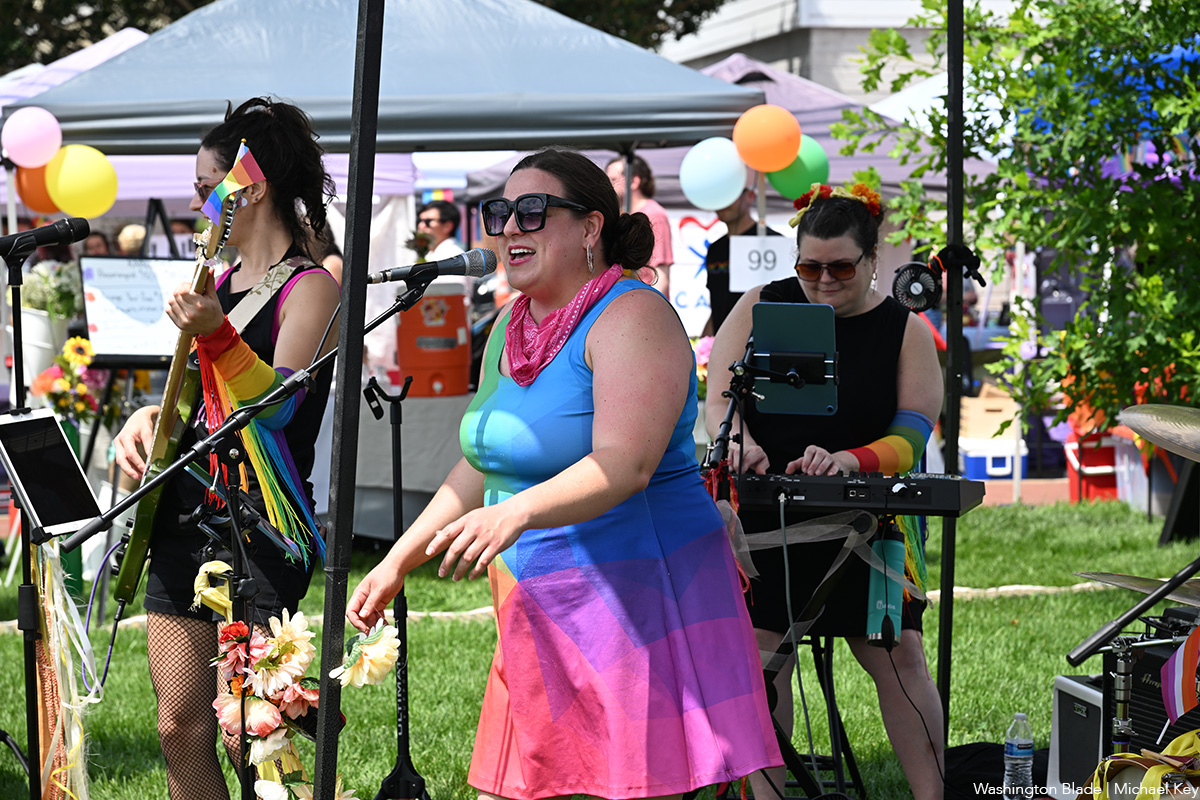
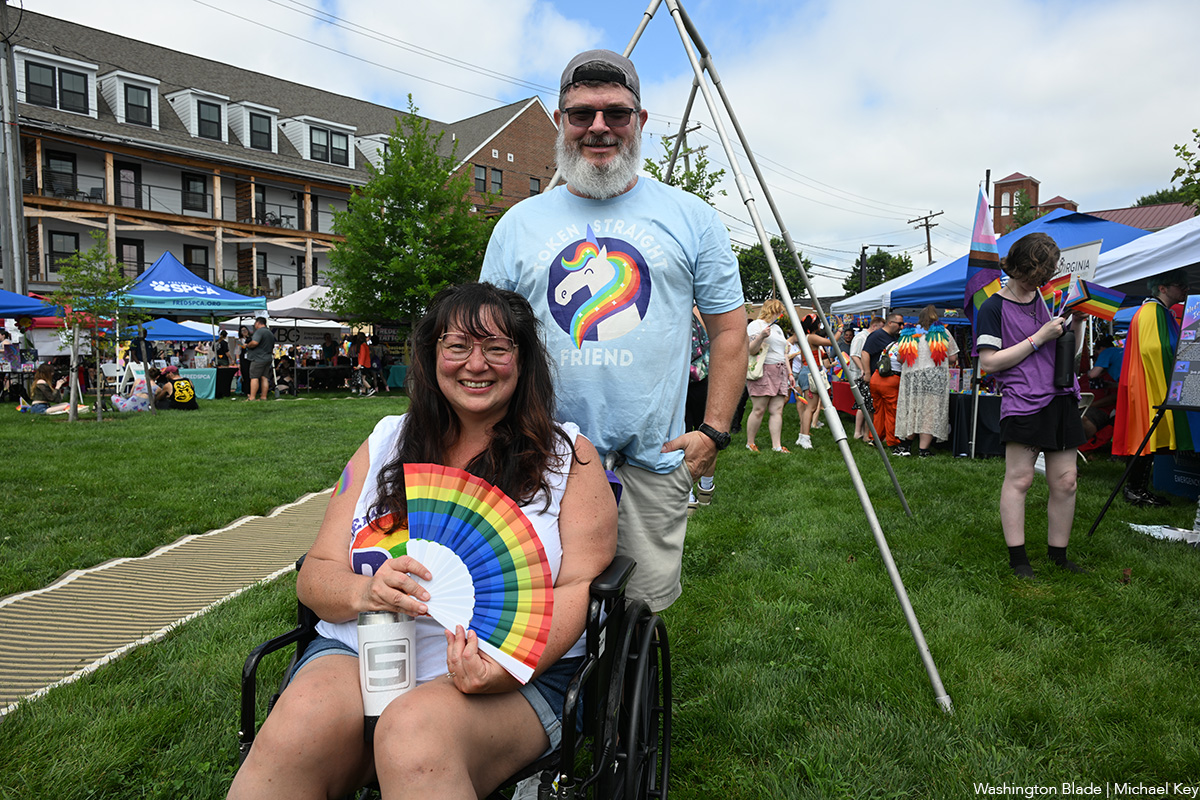
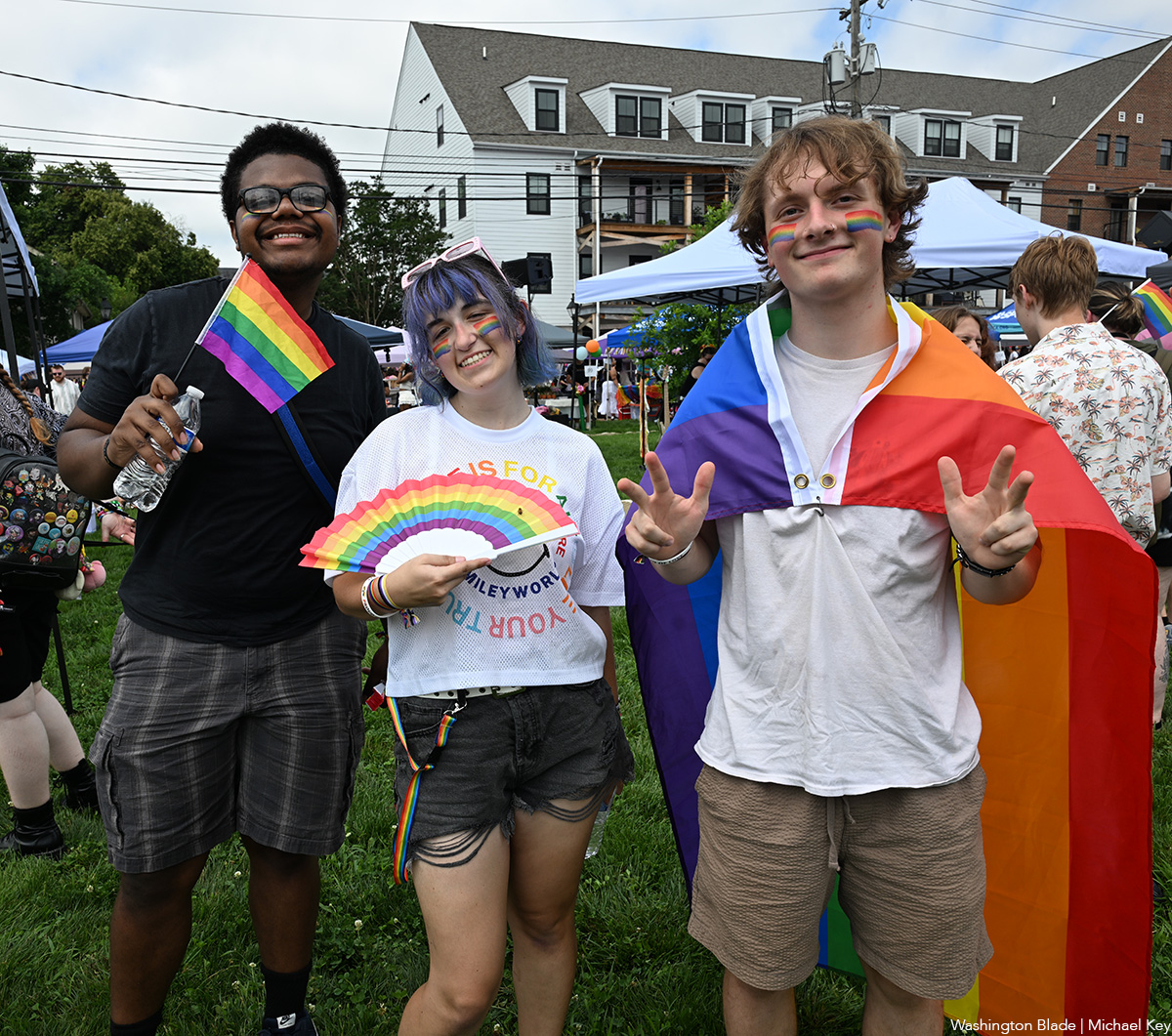
India
Anaya Bangar challenges ban on trans women in female cricket teams
Former Indian cricketer Sanjay Bangar’s daughter has received support
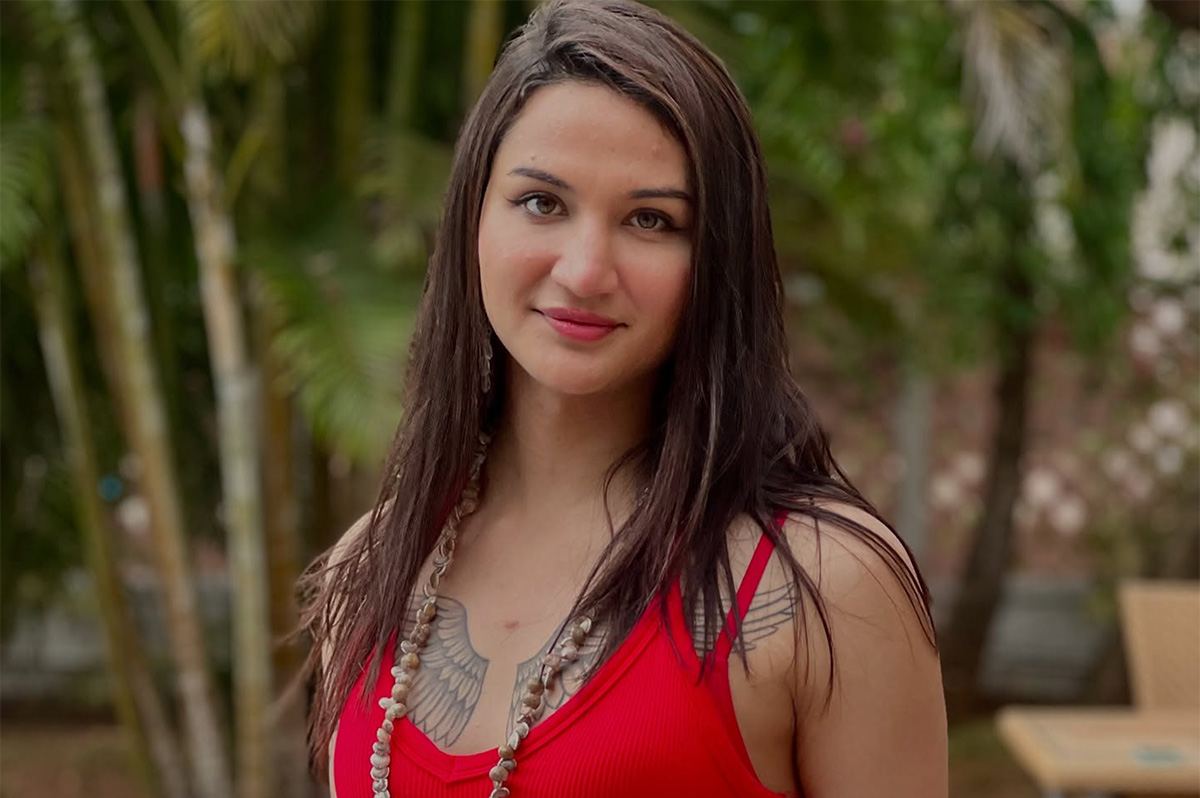
Anaya Bangar, the daughter of former Indian cricketer Sanjay Bangar, has partnered with the Manchester Metropolitan University Institute of Sport in the U.K. to assess her physiological profile following her gender-affirming surgery and undergoing hormone replacement therapy.
From January to March 2025, the 23-year-old underwent an eight-week research project that measured her glucose levels, oxygen uptake, muscle mass, strength, and endurance after extensive training.
The results, shared via Instagram, revealed her metrics align with those of cisgender female athletes, positioning her as eligible for women’s cricket under current scientific standards. Bangar’s findings challenge the International Cricket Council’s 2023 ban on transgender athletes in women’s cricket, prompting her to call for a science-based dialogue with the Board of Control for Cricket in India and the ICC to reform policies for transgender inclusion.
“I am talking with scientific evidence in my hand,” Bangar said in an interview posted to her Instagram page. “So, I hope, this makes an impact and I will be hoping to BCCI and ICC talking with me and discussing this further.”
On Nov. 21, 2023, the ICC enacted a controversial policy barring trans women from international women’s cricket. Finalized after a board meeting in Ahmedabad, India, the regulation prohibits any trans player who has experienced male puberty from competing, irrespective of gender-affirming surgery or hormone therapy. Developed through a 9-month consultation led by the ICC’s Medical Advisory Committee, the rule aims to safeguard the “integrity, safety, and fairness” of women’s cricket but has drawn criticism for excluding athletes like Canada’s Danielle McGahey, the first trans woman to play internationally. The policy, which allows domestic boards to set their own rules, is slated for review by November 2025.
Bangar shared a document on social media verifying her participation in a physiological study at the Manchester Metropolitan University Institute of Sport, conducted from Jan. 20 to March 3, 2025, focused on cricket performance. The report confirmed that her vital metrics — including haemoglobin, blood glucose, peak power, and mean power — aligned with those of cisgender female athletes. Initially, her fasting blood glucose measured 6.1 mmol/L, slightly above the typical non-diabetic range of 4.0–5.9 mmol/L, but subsequent tests showed it normalized, reinforcing the study’s findings that her physical profile meets female athletic standards.
“I am submitting this to the BCCI and ICC, with full transparency and hope,” said Bangar. “My only intention is to start a conversation based on facts not fear. To build space, not divide it.”
In a letter to the BCCI and the ICC, Bangar emphasized her test results from the Manchester Metropolitan University study. She explained that the research aimed to assess how hormone therapy had influenced her strength, stamina, haemoglobin, glucose levels, and overall performance, benchmarked directly against cisgender female athletic standards.
Bangar’s letter to the BCCI and the ICC clarified the Manchester study was not intended as a political statement but as a catalyst for a science-driven dialogue on fairness and inclusion in cricket. She emphasized the importance of prioritizing empirical data over assumptions to shape equitable policies for trans athletes in the sport.
Bangar urged the BCCI, the world’s most influential cricket authority, to initiate a formal dialogue on trans women’s inclusion in women’s cricket, rooted in medical science, performance metrics, and ethical fairness. She called for the exploration of eligibility pathways based on sport-specific criteria, such as haemoglobin thresholds, testosterone suppression timelines, and standardized performance testing. Additionally, she advocated for collaboration with experts, athletes, and legal advisors to develop policies that balance inclusivity with competitive integrity.
“I am releasing my report and story publicly not for sympathy, but for truth. Because inclusion does not mean ignoring fairness, it means measuring it, transparently and responsibly,” said Bangar in a letter to the BCCI. “I would deeply appreciate the opportunity to meet with you or a representative of the BCCI or ICC to present my findings, discuss possible policy pathways, and work towards a future where every athlete is evaluated based on real data, not outdated perceptions.”
Before her transition, Bangar competed for Islam Gymkhana in Mumbai and Hinckley Cricket Club in the U.K., showcasing her talent in domestic cricket circuits. Her father, Sanjay Bangar, was a dependable all-rounder for the Indian national cricket team from 2001 to 2004, playing 12 test matches and 15 One Day Internationals. He later served as a batting coach for the Indian team from 2014 to 2019, contributing to its strategic development.
Cricket in India is a cultural phenomenon, commanding a fanbase of more than 1 billion, with more than 80 percent of global cricket viewership originating from the country.
The International Cricket Council, the sport’s governing body, oversees 12 full member nations and more than 90 associate members, with the U.S. recently gaining associate member status in 2019 and co-hosting the 2024 ICC Men’s T20 World Cup. The BCCI generated approximately $2.25 billion in revenue in the 2023–24 financial year, primarily from the Indian Premier League, bilateral series, and ICC revenue sharing. The ICC earns over $3 billion from media rights in India alone for the 2024–27 cycle, contributing nearly 90 percent of its global media rights revenue, with the BCCI receiving 38.5 percent of the ICC’s annual earnings, approximately $231 million per year.
Women’s cricket in India enjoys a growing fanbase, with over 300 million viewers for the Women’s Premier League in 2024, making it a significant driver of the sport’s global popularity. The International Cricket Council oversees women’s cricket in 12 full member nations and over 90 associate members, with the U.S. fielding a women’s team since gaining associate status in 2019 and competing in ICC events like the 2024 Women’s T20 World Cup qualifiers. The BCCI invests heavily in women’s cricket, allocating approximately $60 million annually to the WPL and domestic programs in 2024–25, while contributing to the ICC’s $20 million budget for women’s cricket development globally. India’s media market for women’s cricket, including WPL broadcasting rights, generated $120 million in 2024, accounting for over 50 percent of the ICC’s women’s cricket media revenue.
“As a woman, I feel when someone says that they are women, then they are, be trans or cis. A trans woman is definitely the same as a cis woman emotionally and in vitals, and specially, when someone is on hormone replacement therapy. Stopping Anaya Bangar from playing is discrimination and violation of her rights. It is really sad and painful that every transwoman need to fight and prove their identity everywhere,” said Indrani Chakraborty, an LGBTQ rights activist and a mother of a trans woman. “If ICC and BCCI is stopping her from playing for being transgender, then I will say this to be their lack of awareness and of course the social mindsets which deny acceptance.”
Chakraborty told the Blade that Bangar is an asset, no matter what. She said that the women’s cricket team will only benefit by participation, but the discriminating policies are the hindrance.
“Actually the transgender community face such discrimination in every sphere. In spite of being potent, they face rejection. This is highly inhuman. These attitudes is regressive and will never let to prosper. Are we really in 2025?,” said Chakraborty. “We, our mindset and the society are the issues. We, as a whole, need to get aware and have to come together for getting justice for Anaya. If today, we remain silent, the entire community will be oppressed. Proper knowledge of gender issues need to be understood.”
The BCCI and the International Cricket Council have not responded to the Blade’s repeated requests for comment.
-

 U.S. Supreme Court5 days ago
U.S. Supreme Court5 days agoSupreme Court upholds ACA rule that makes PrEP, other preventative care free
-

 U.S. Supreme Court5 days ago
U.S. Supreme Court5 days agoSupreme Court rules parents must have option to opt children out of LGBTQ-specific lessons
-
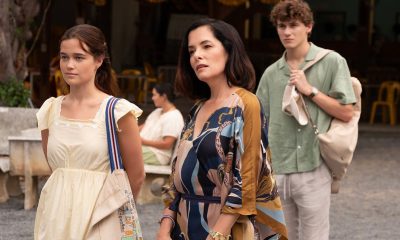
 Television5 days ago
Television5 days ago‘White Lotus,’ ‘Severance,’ ‘Andor’ lead Dorian TV Awards noms
-
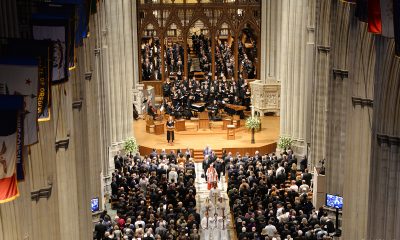
 Music & Concerts5 days ago
Music & Concerts5 days agoBerkshire Choral to commemorate Matthew Shepard’s life

